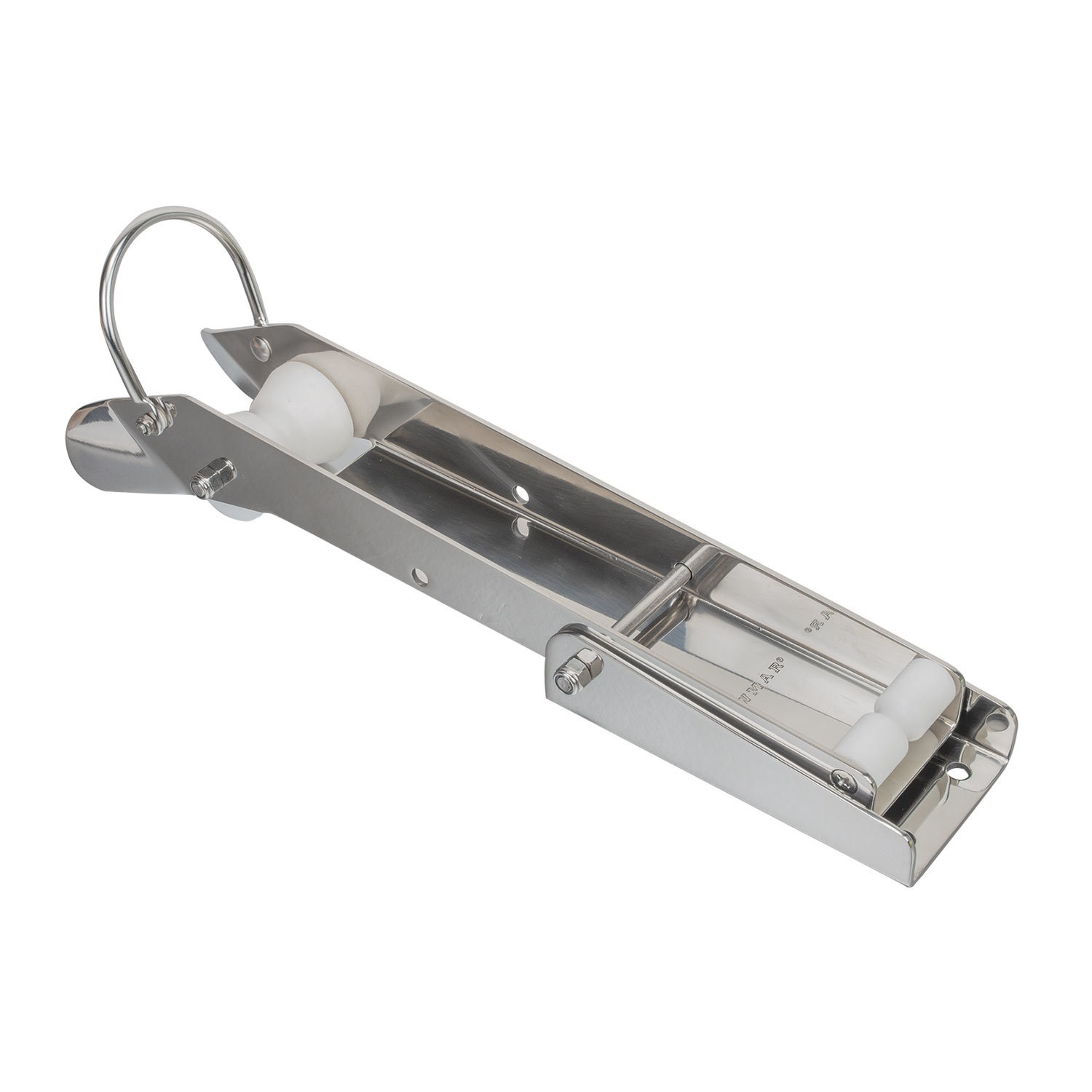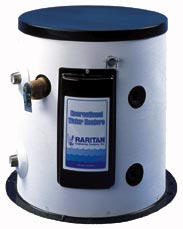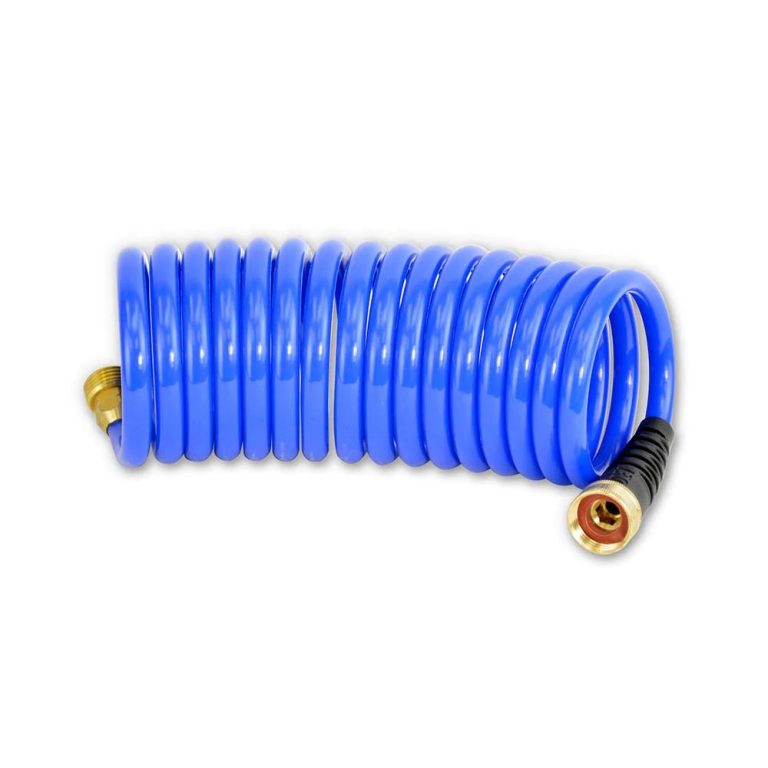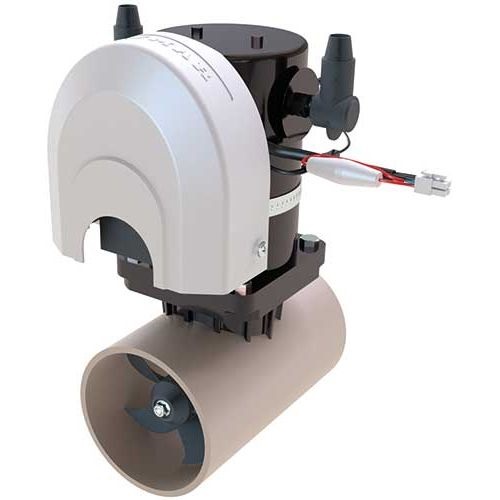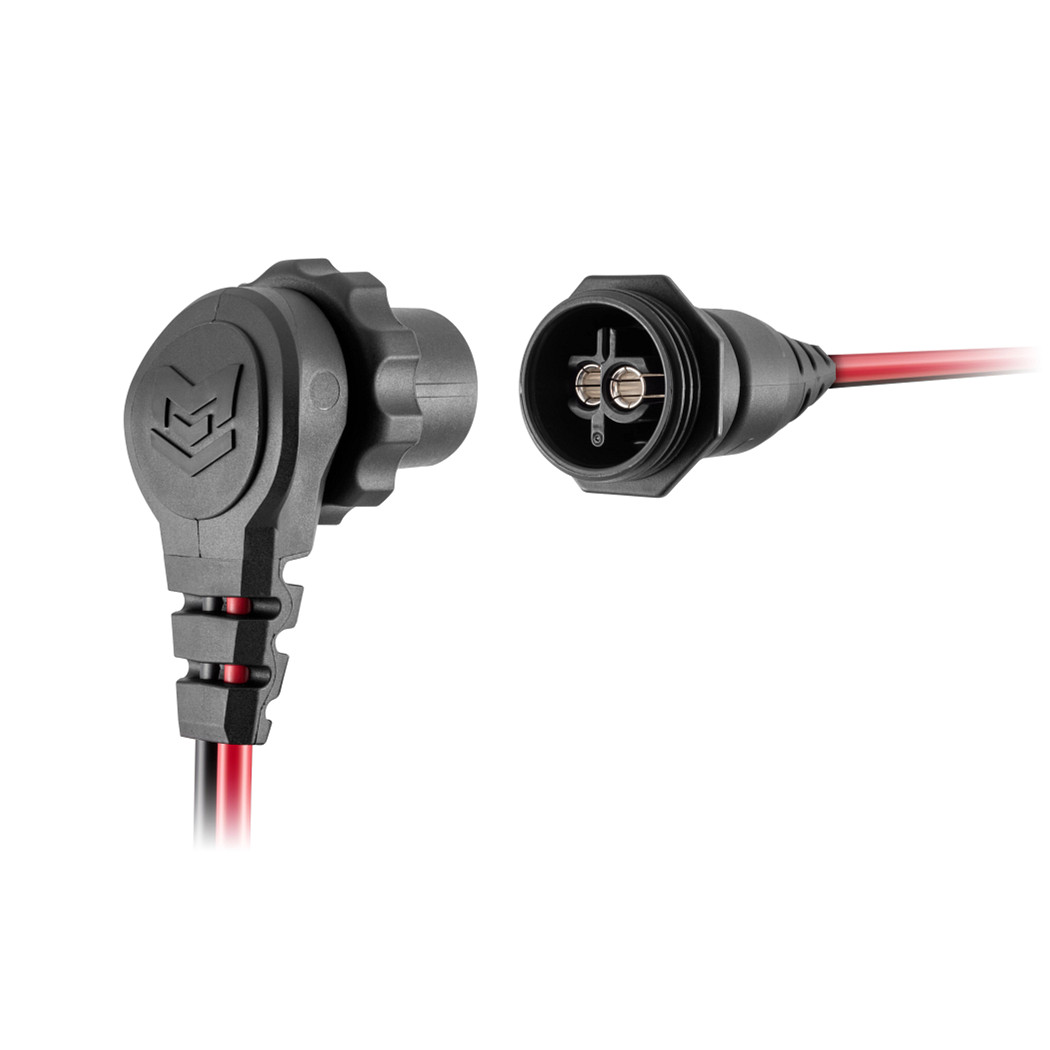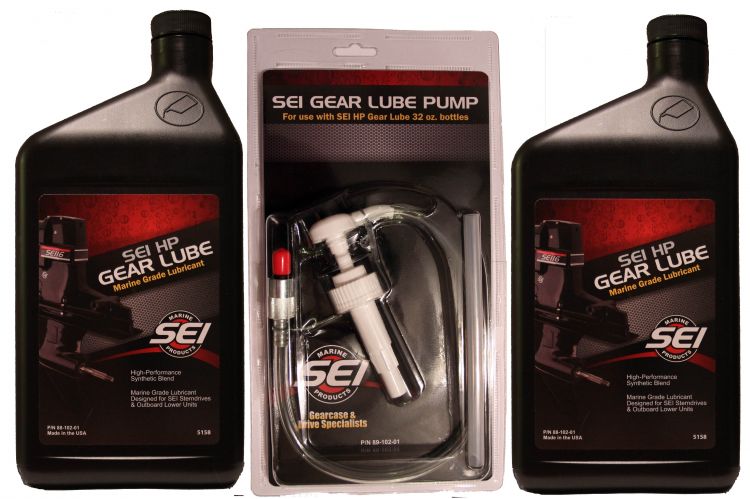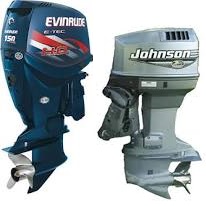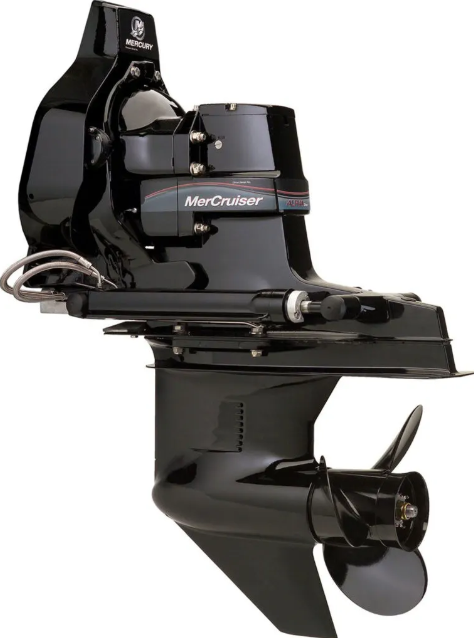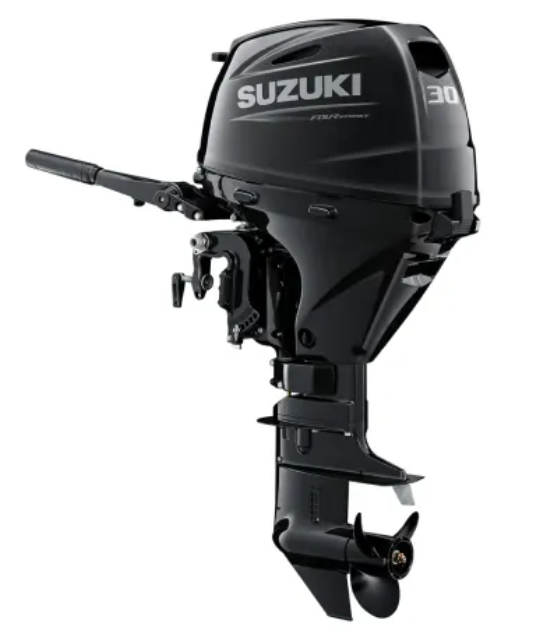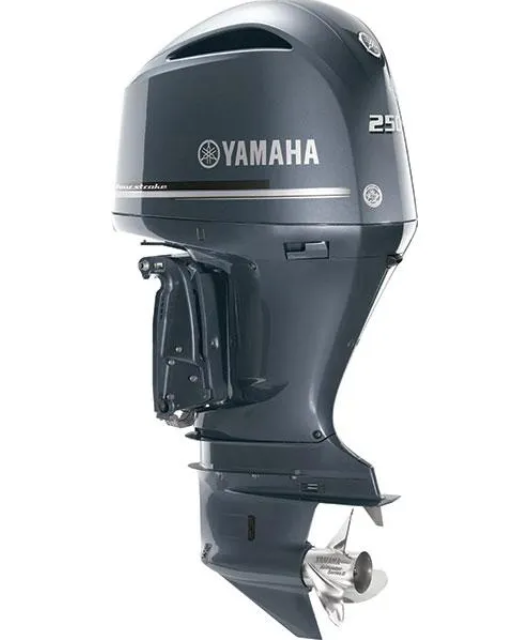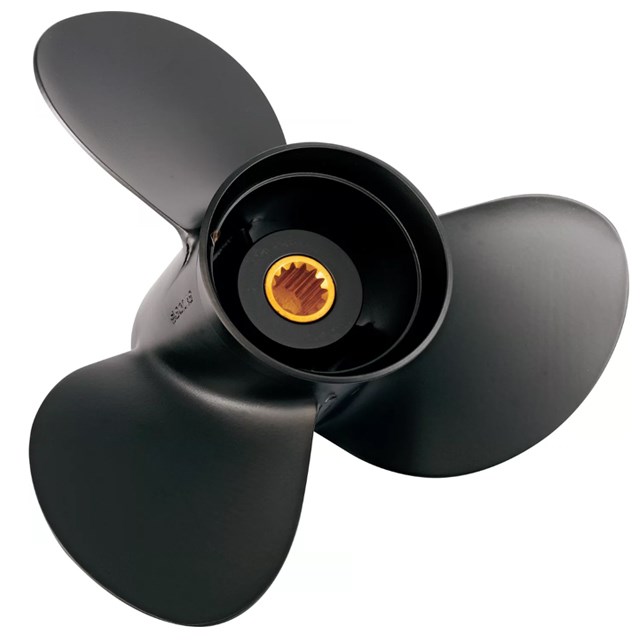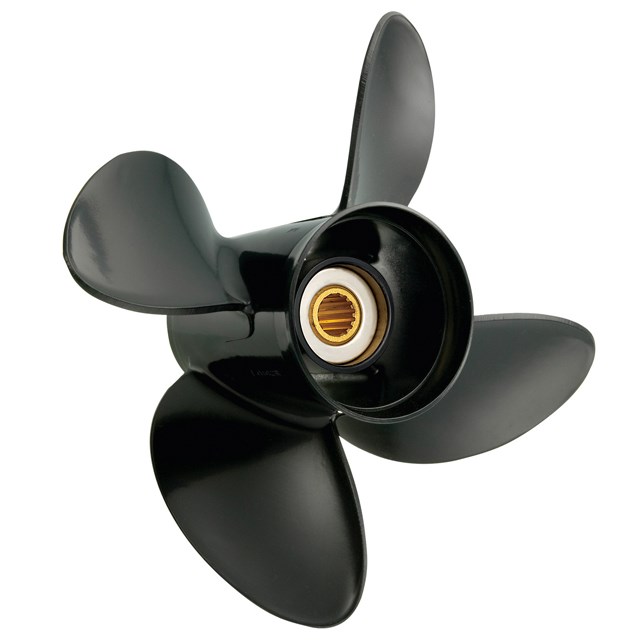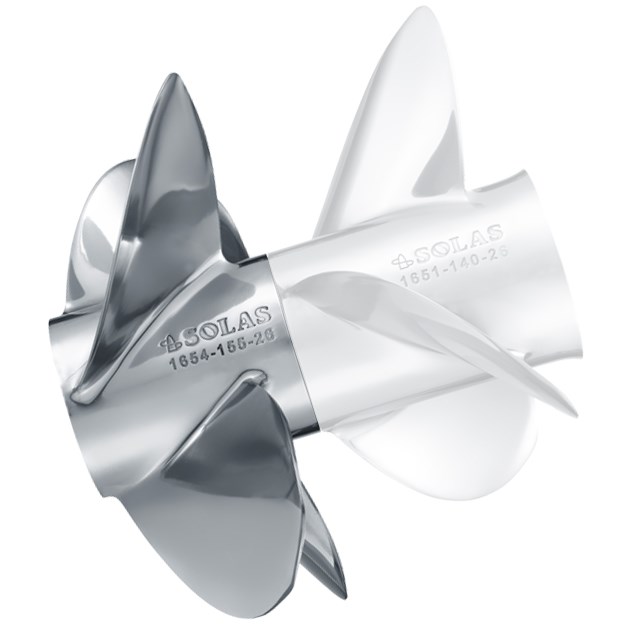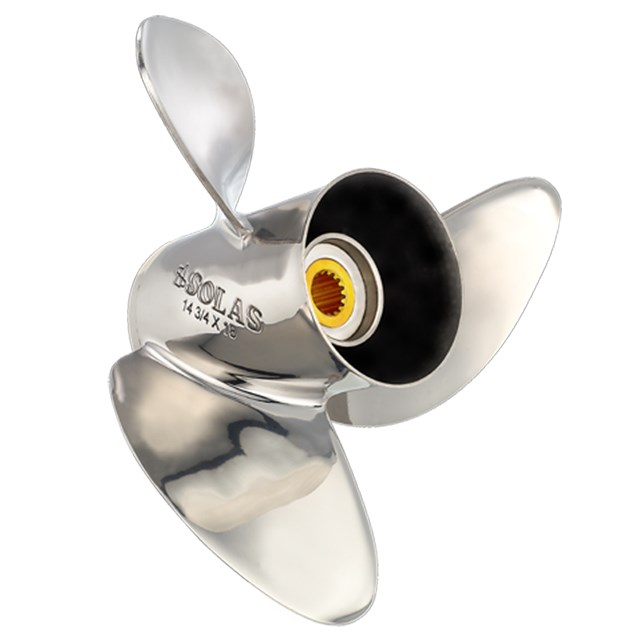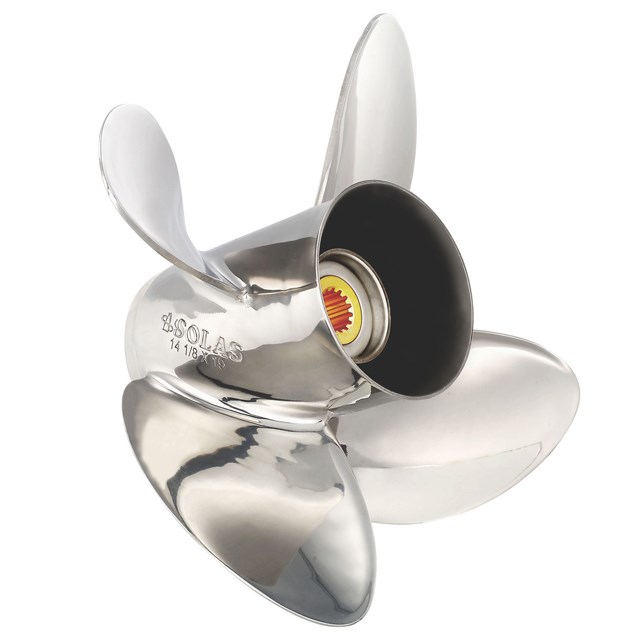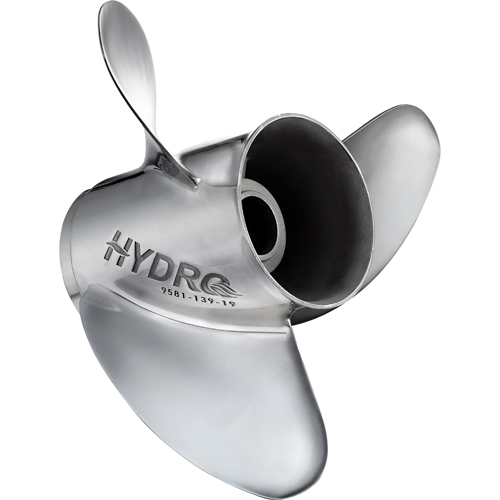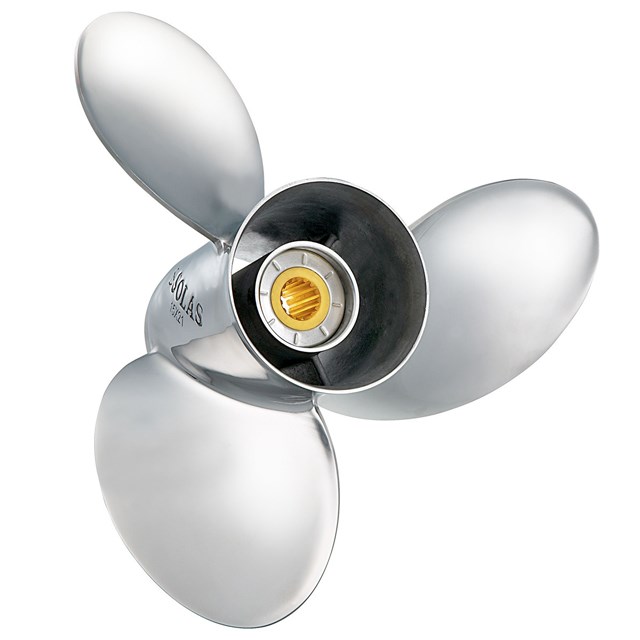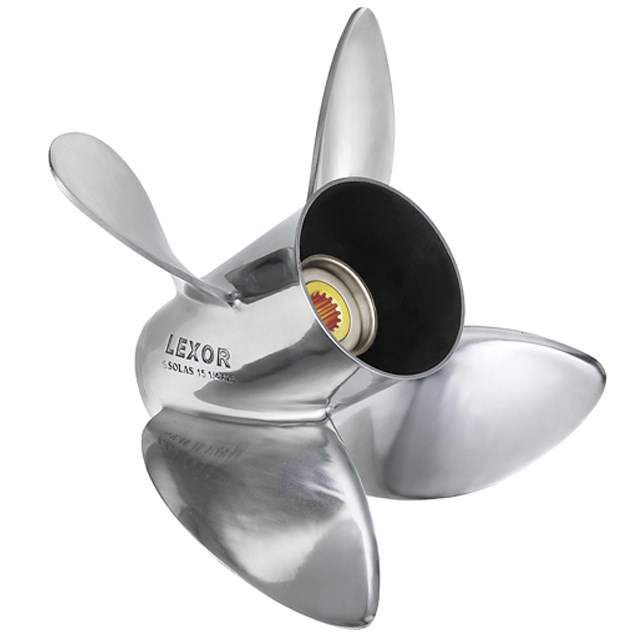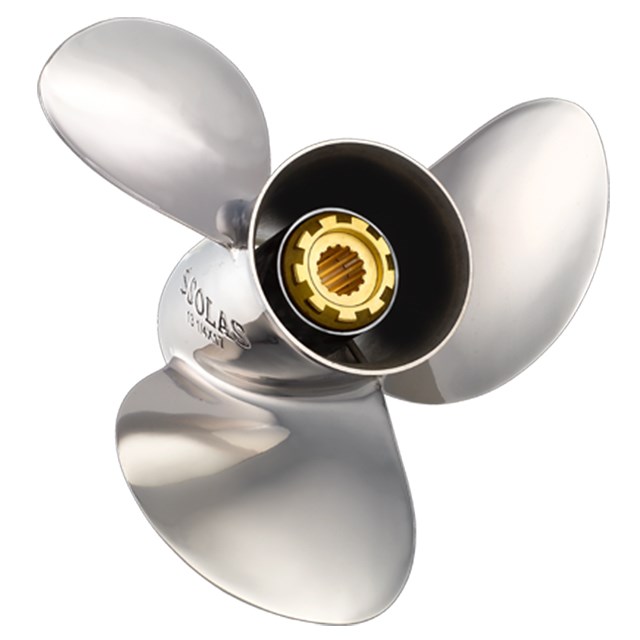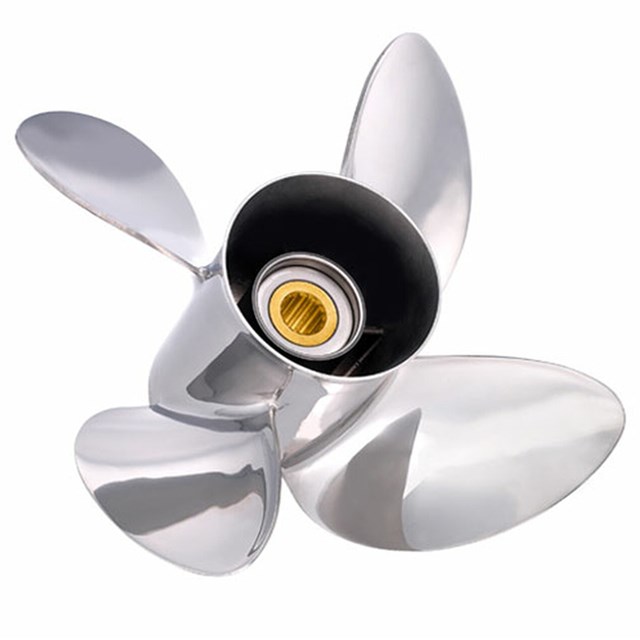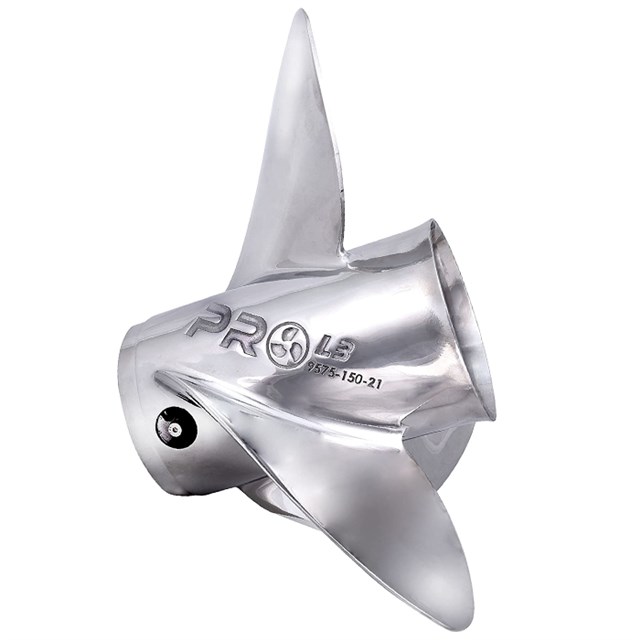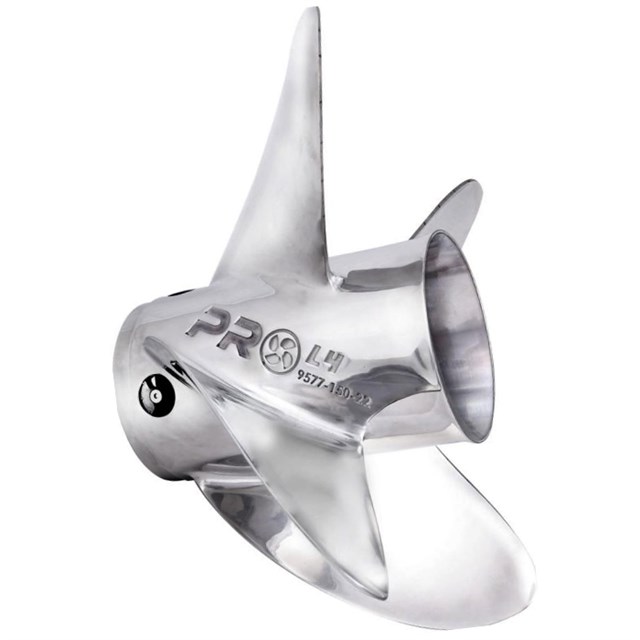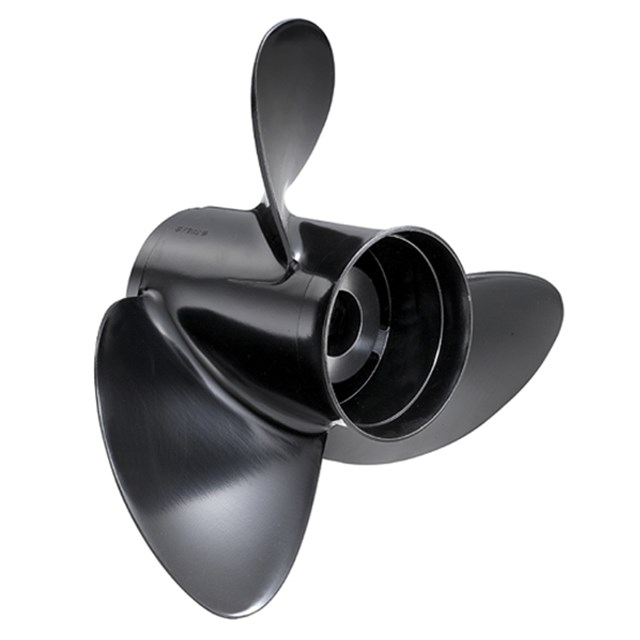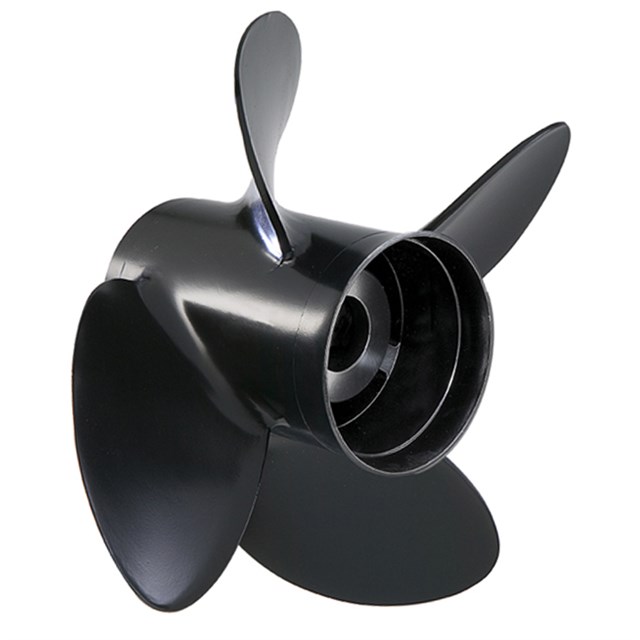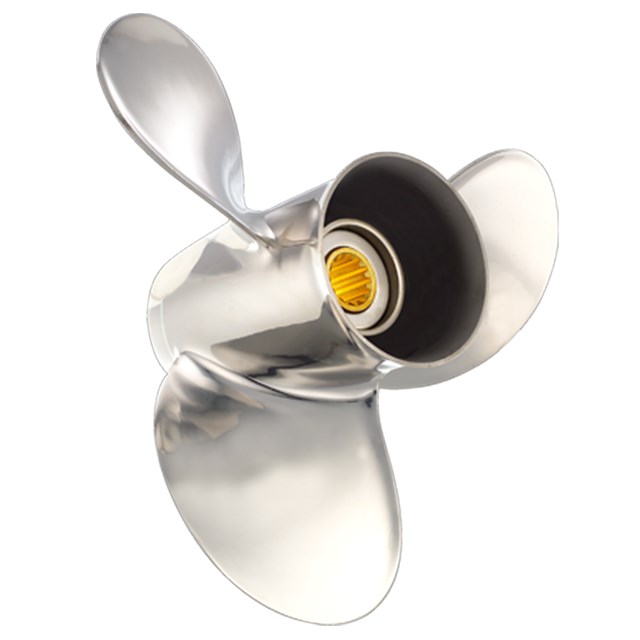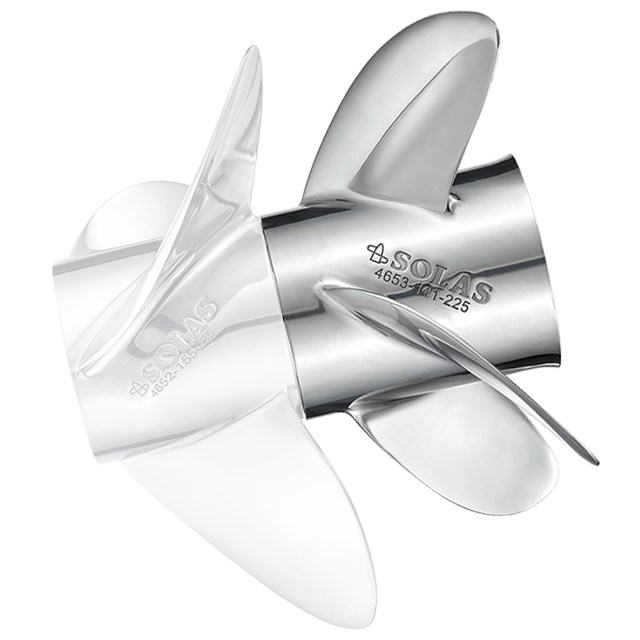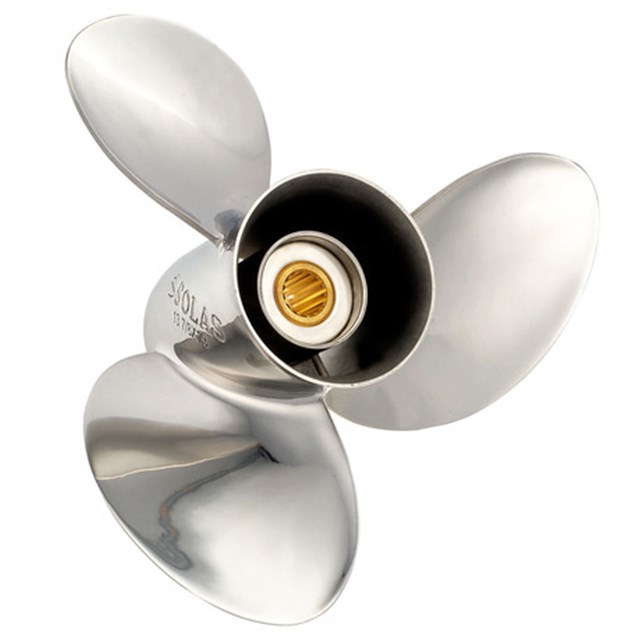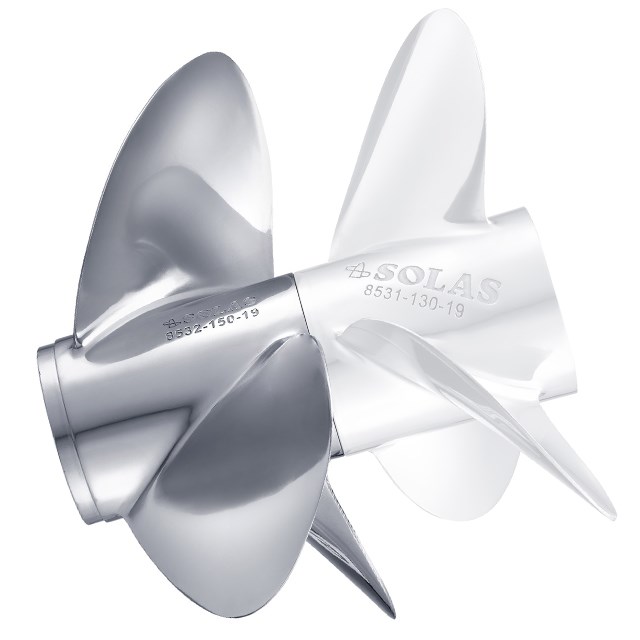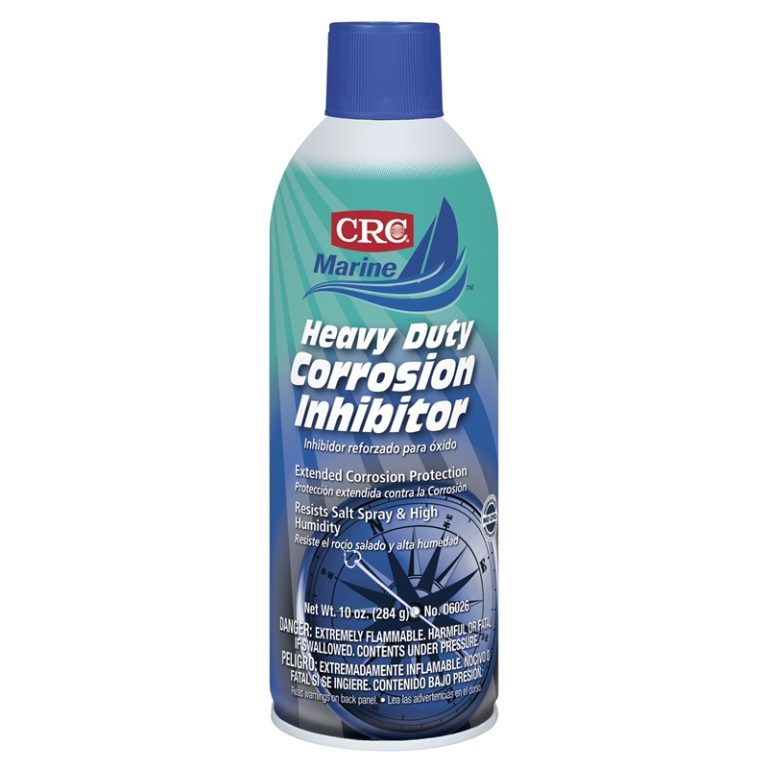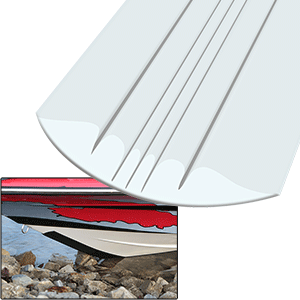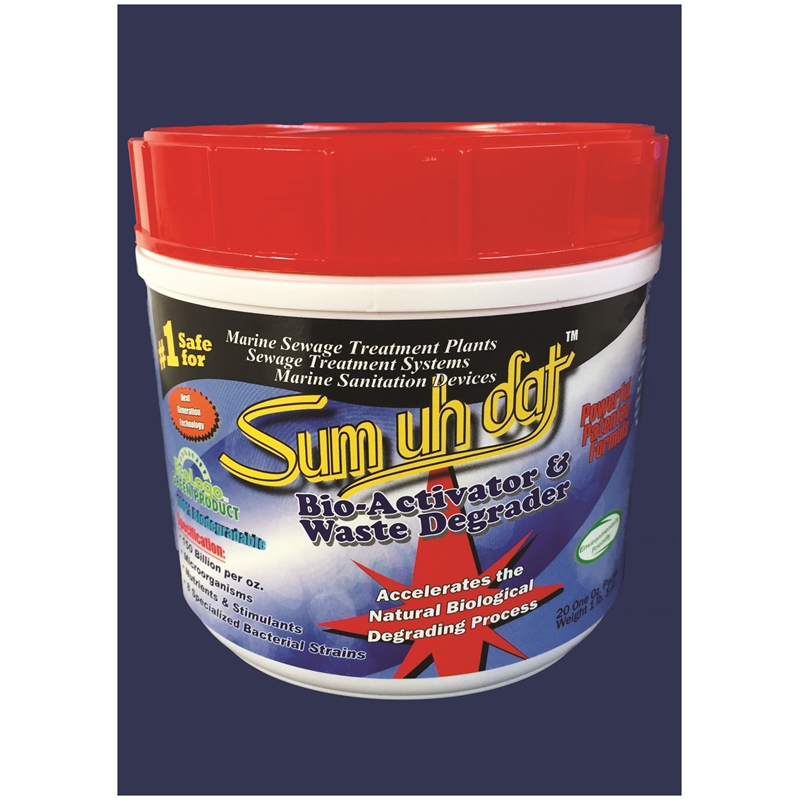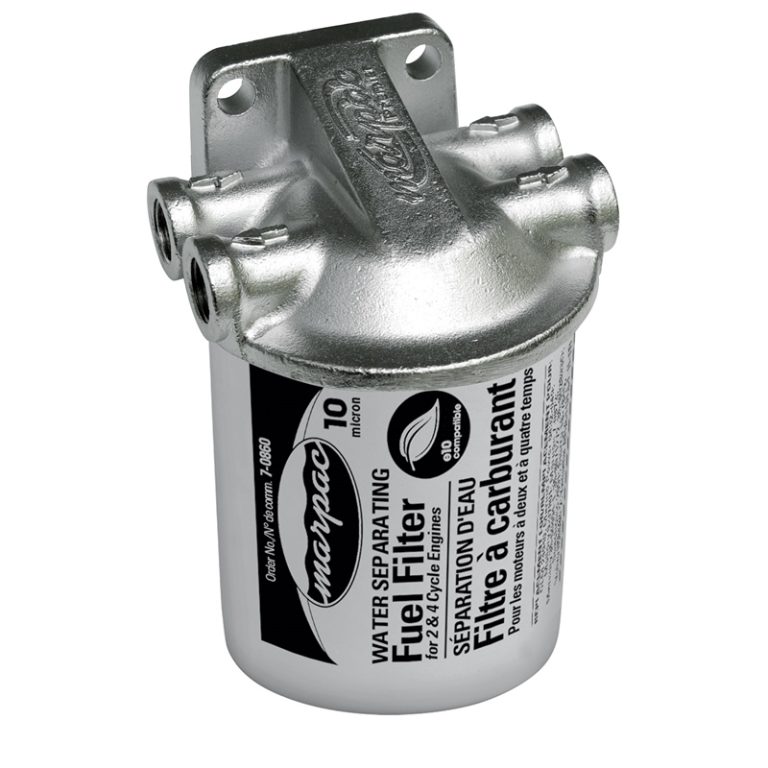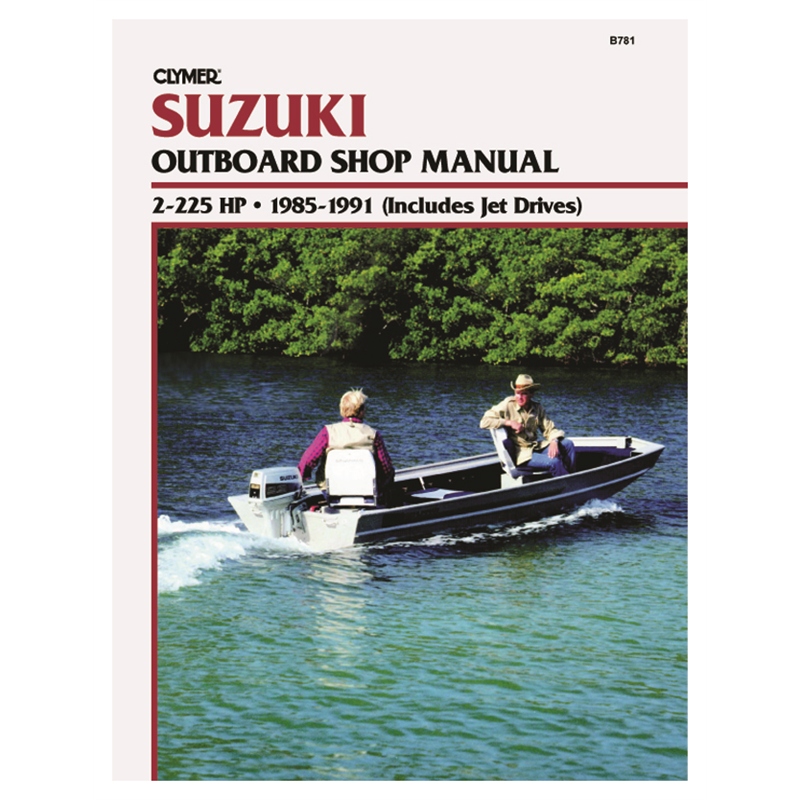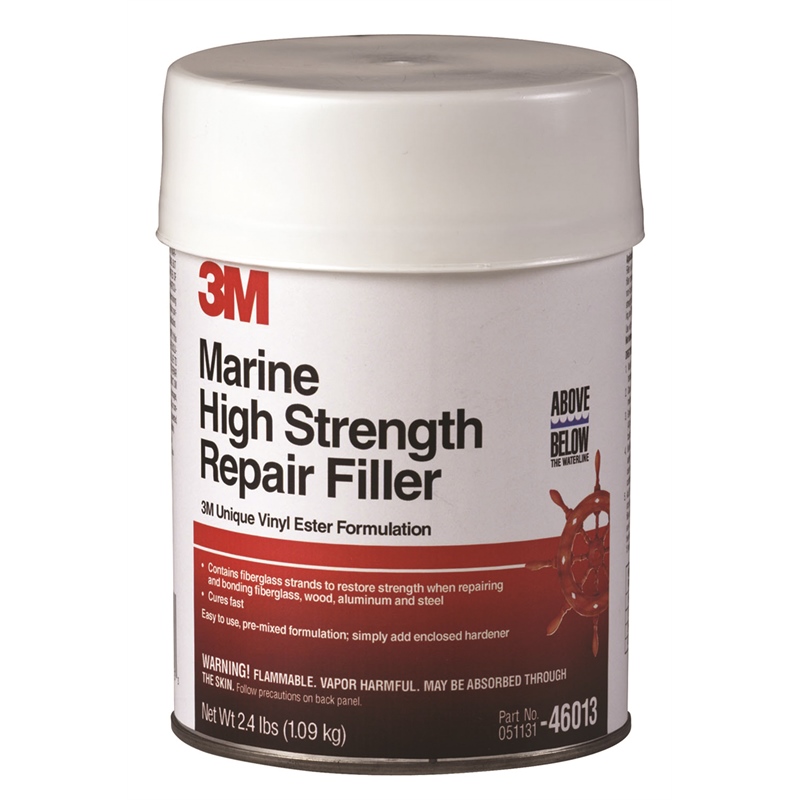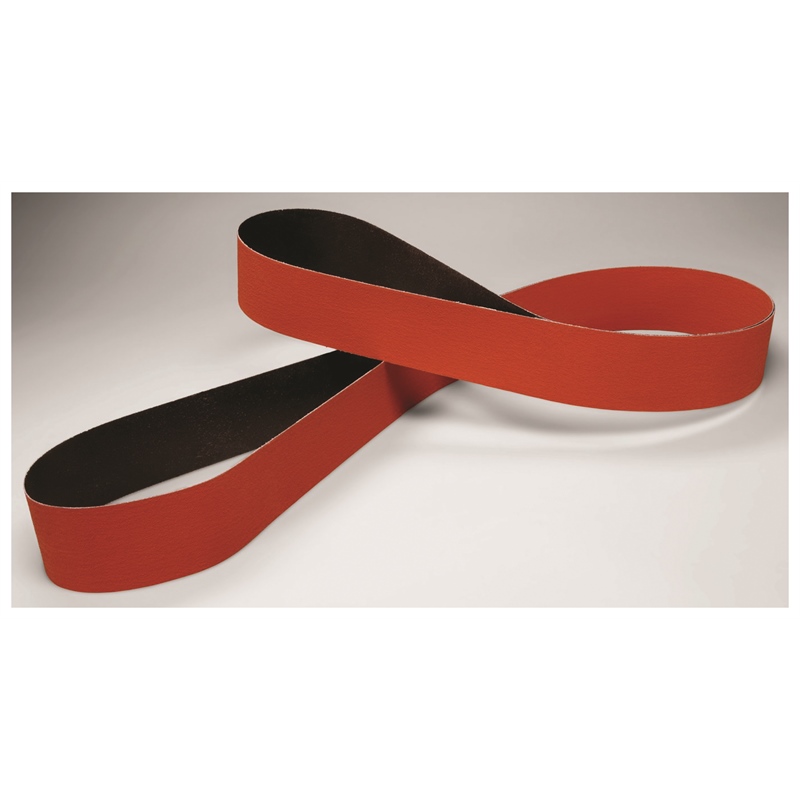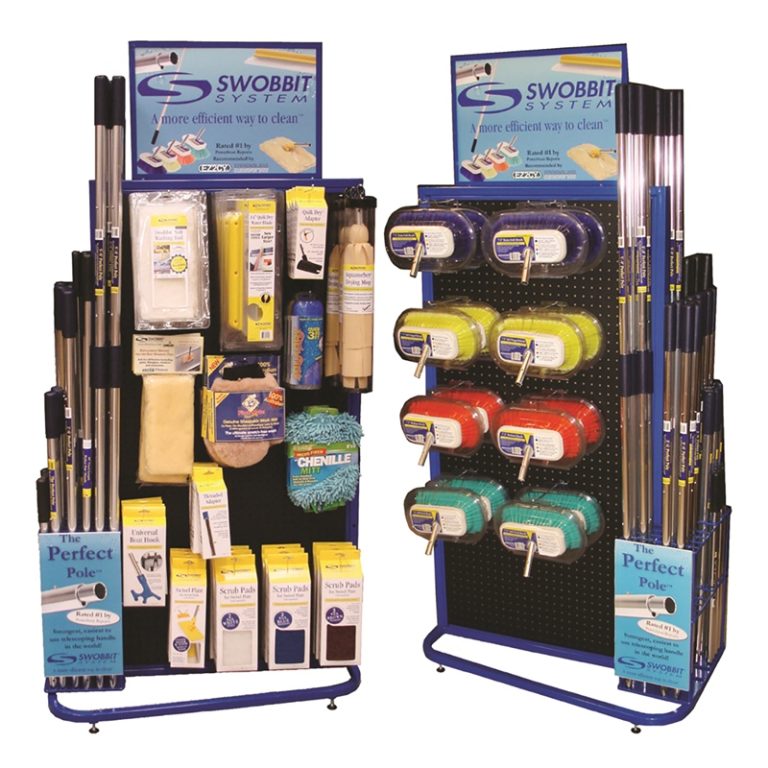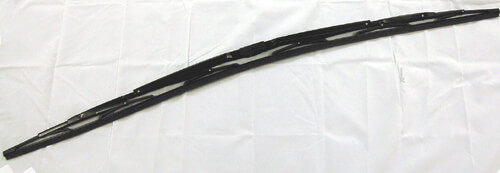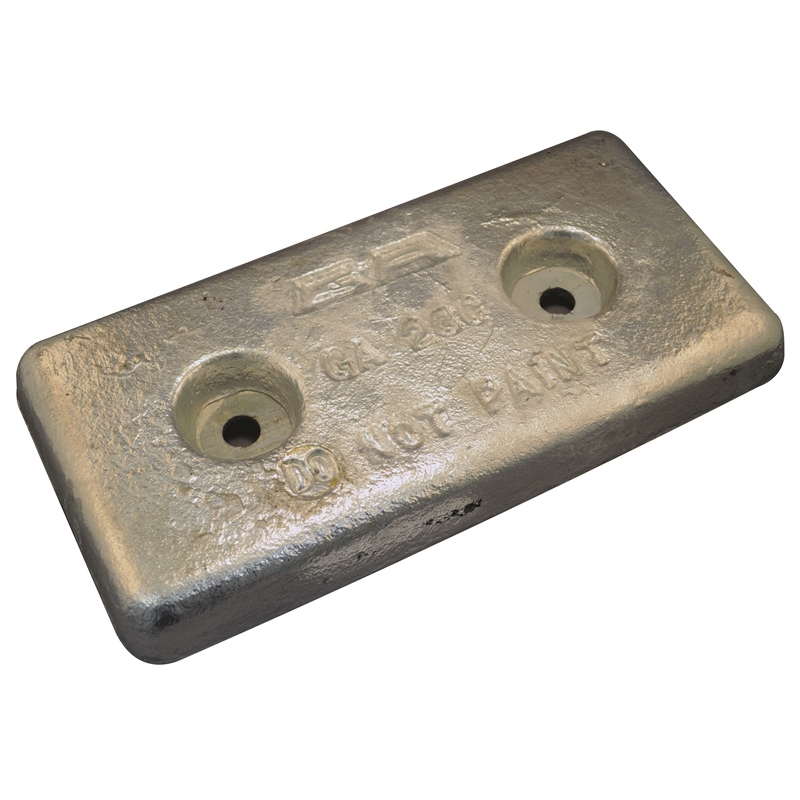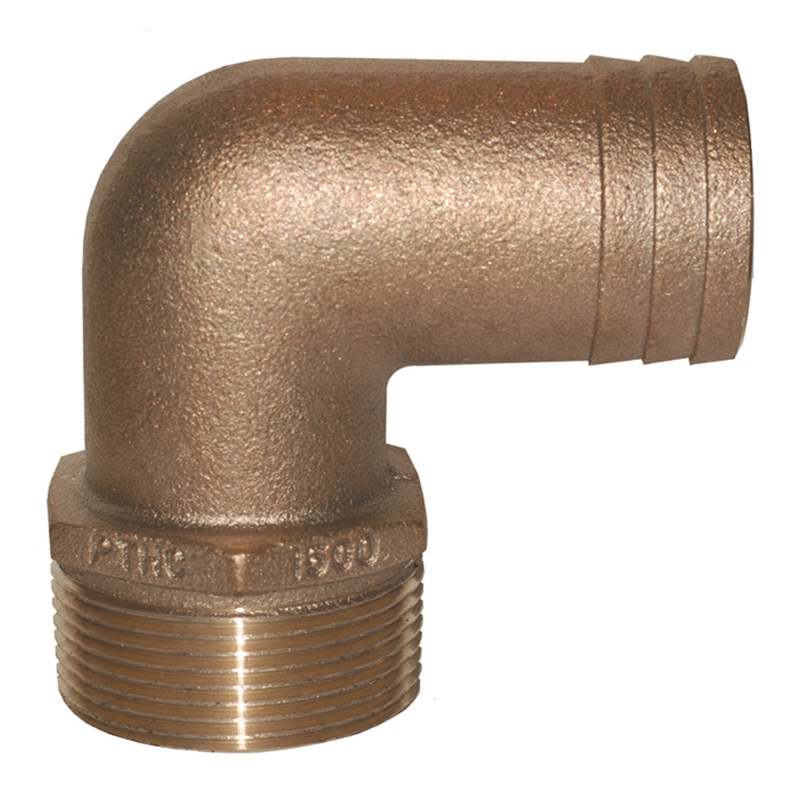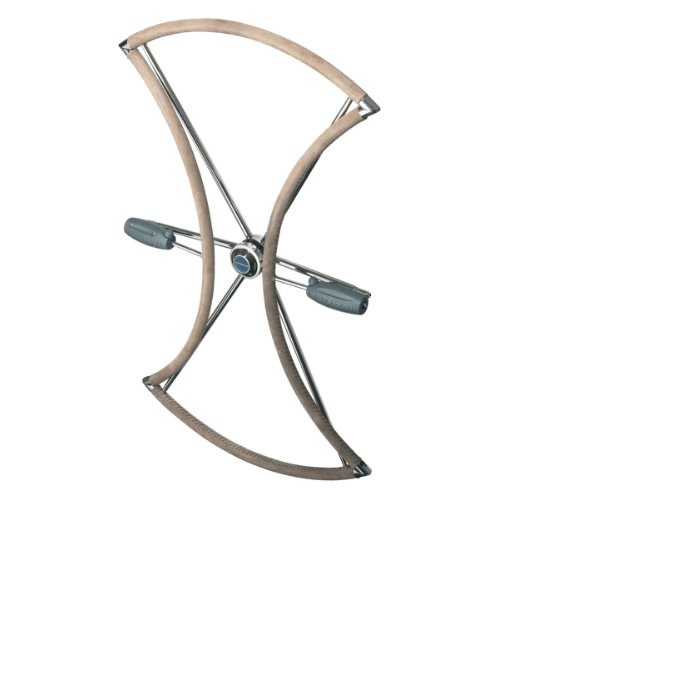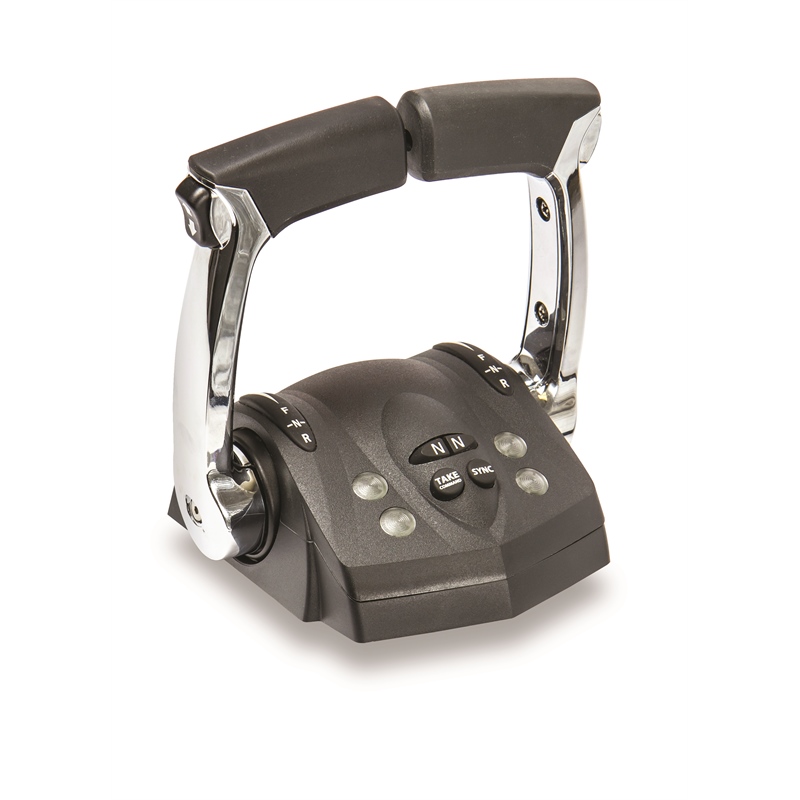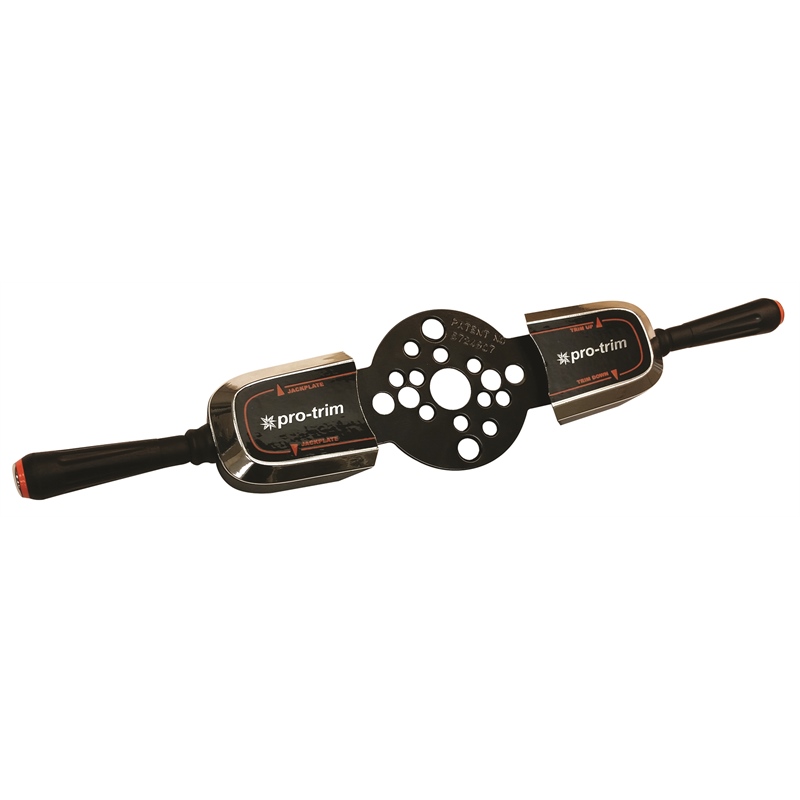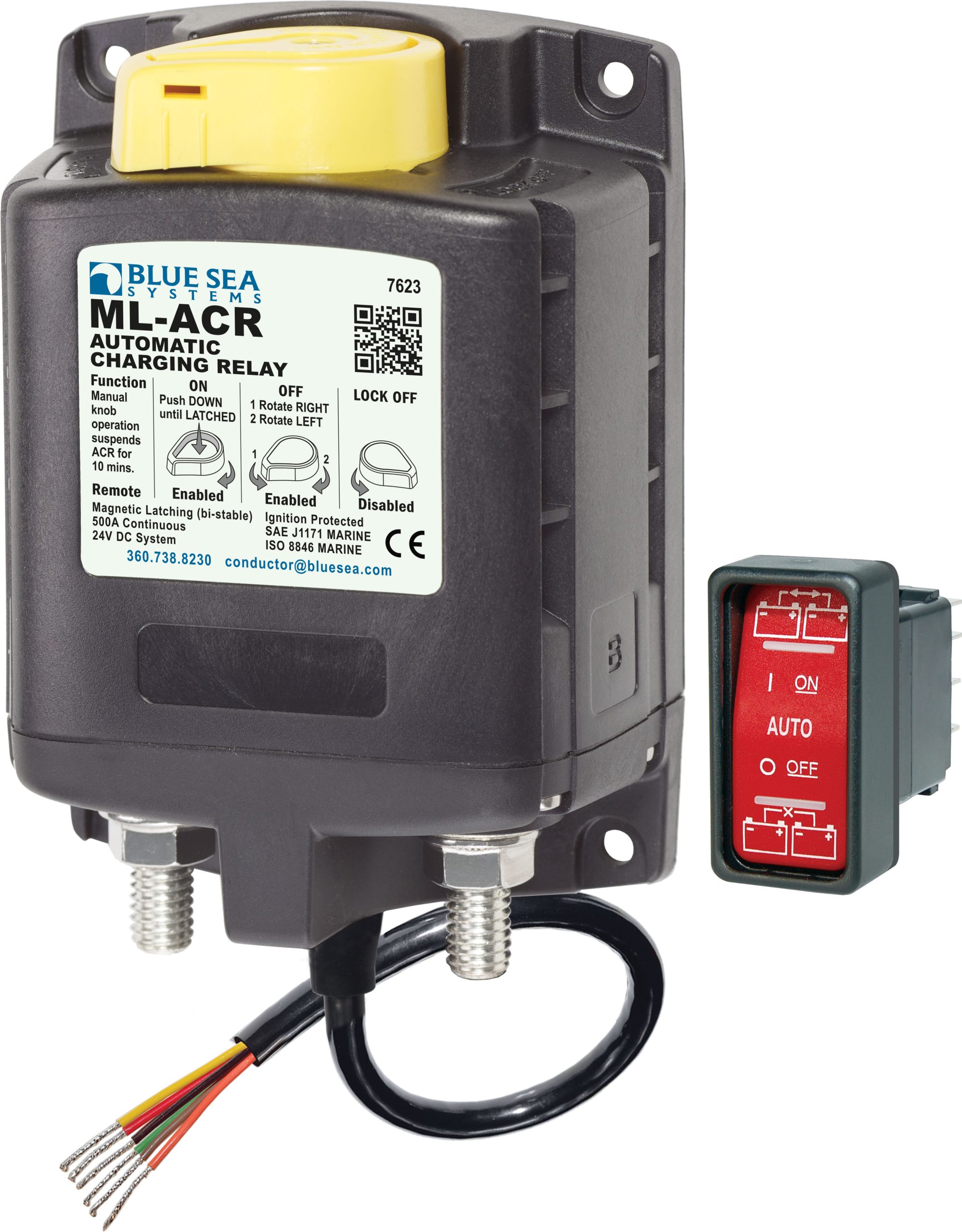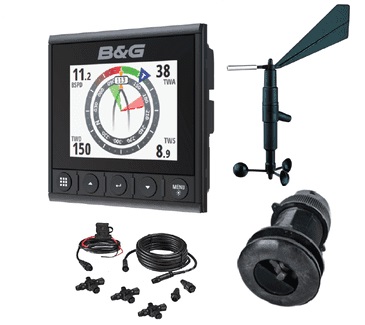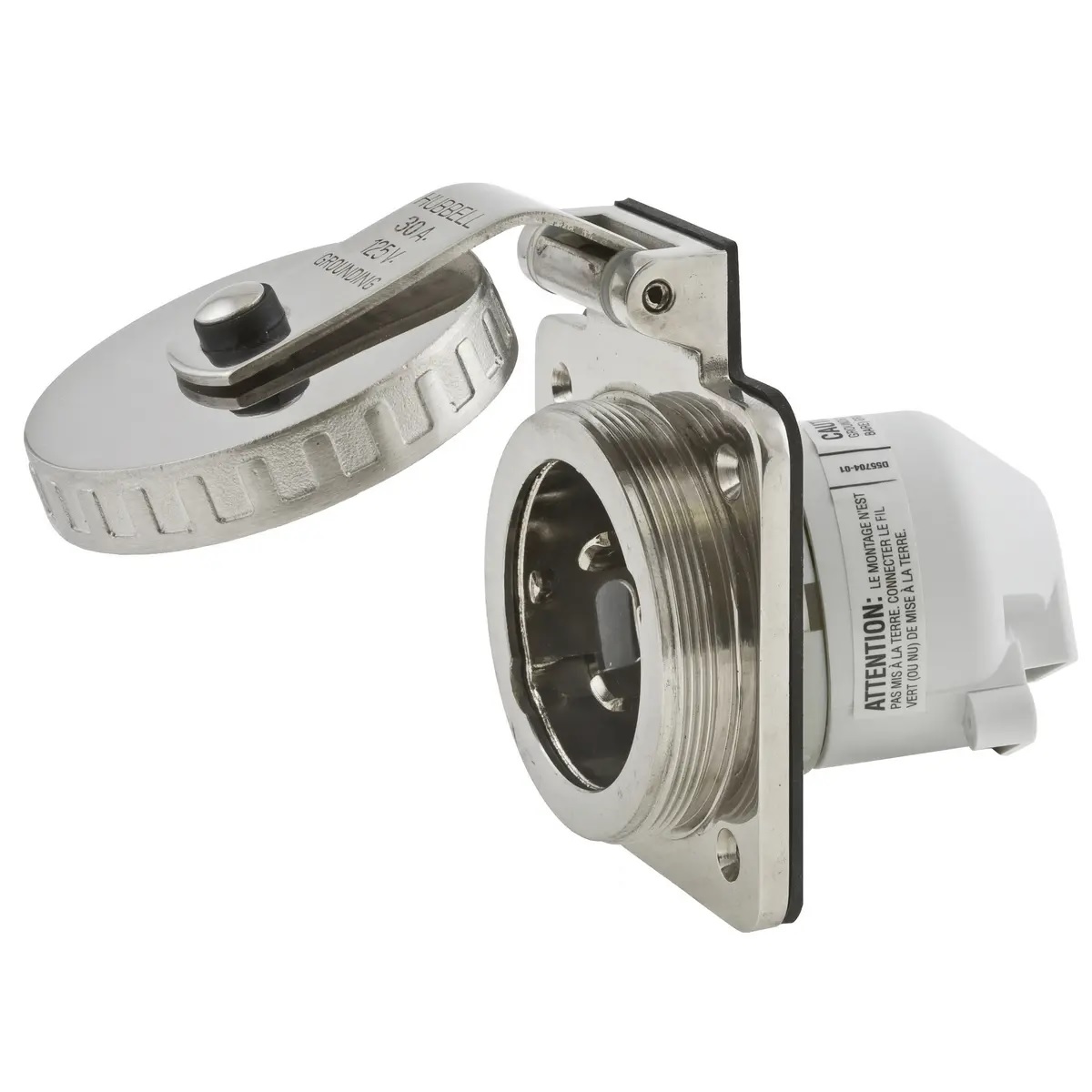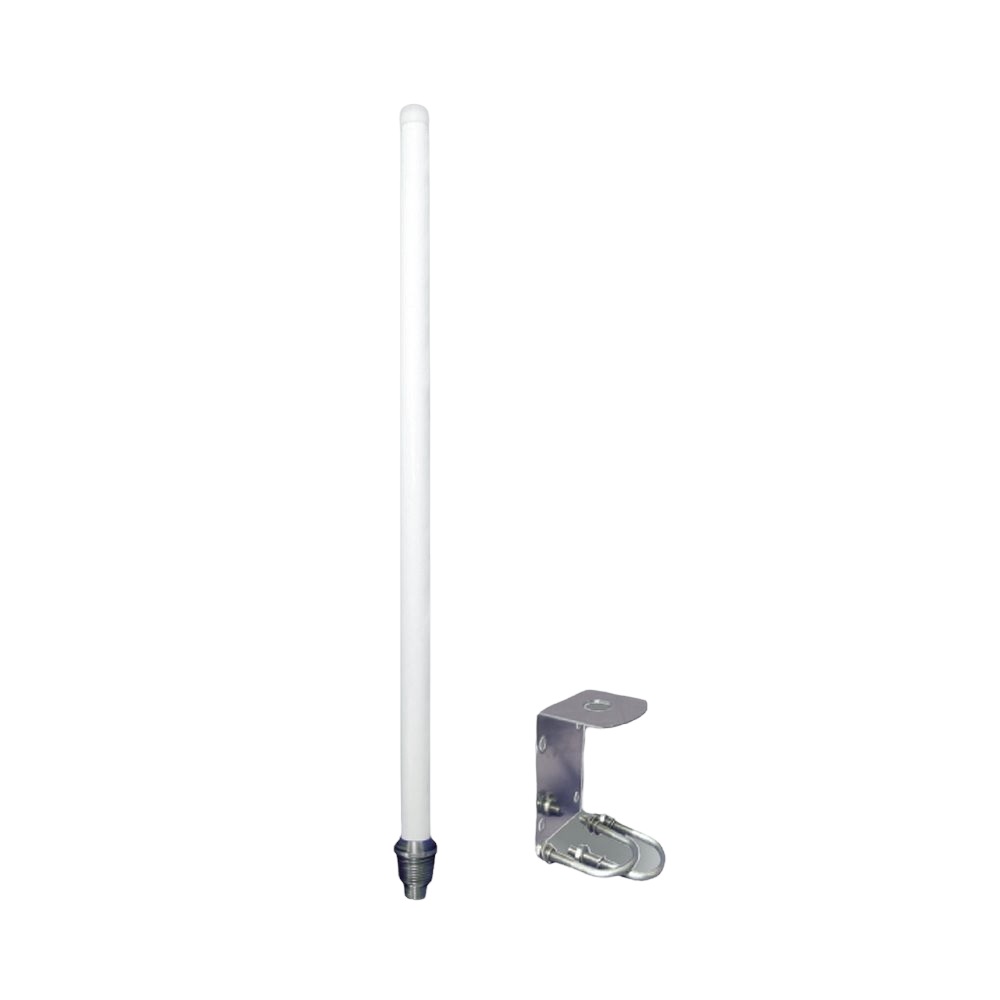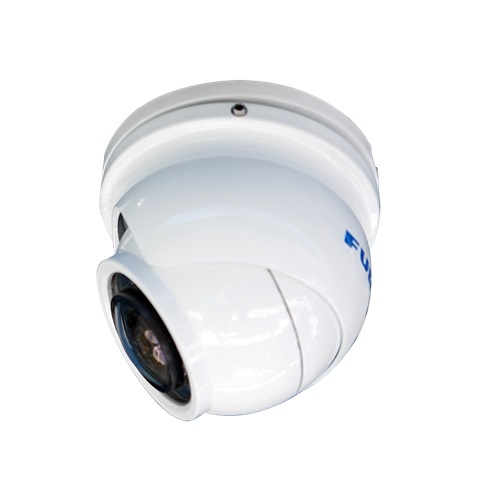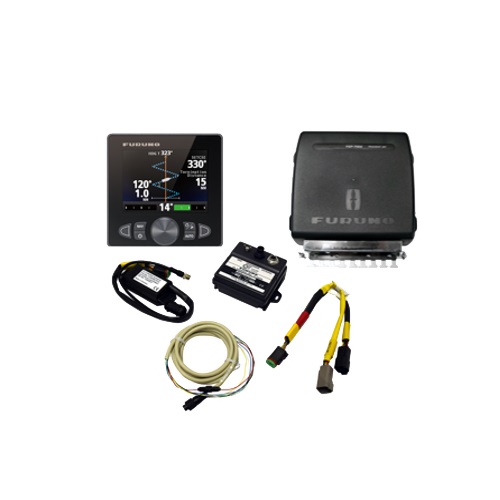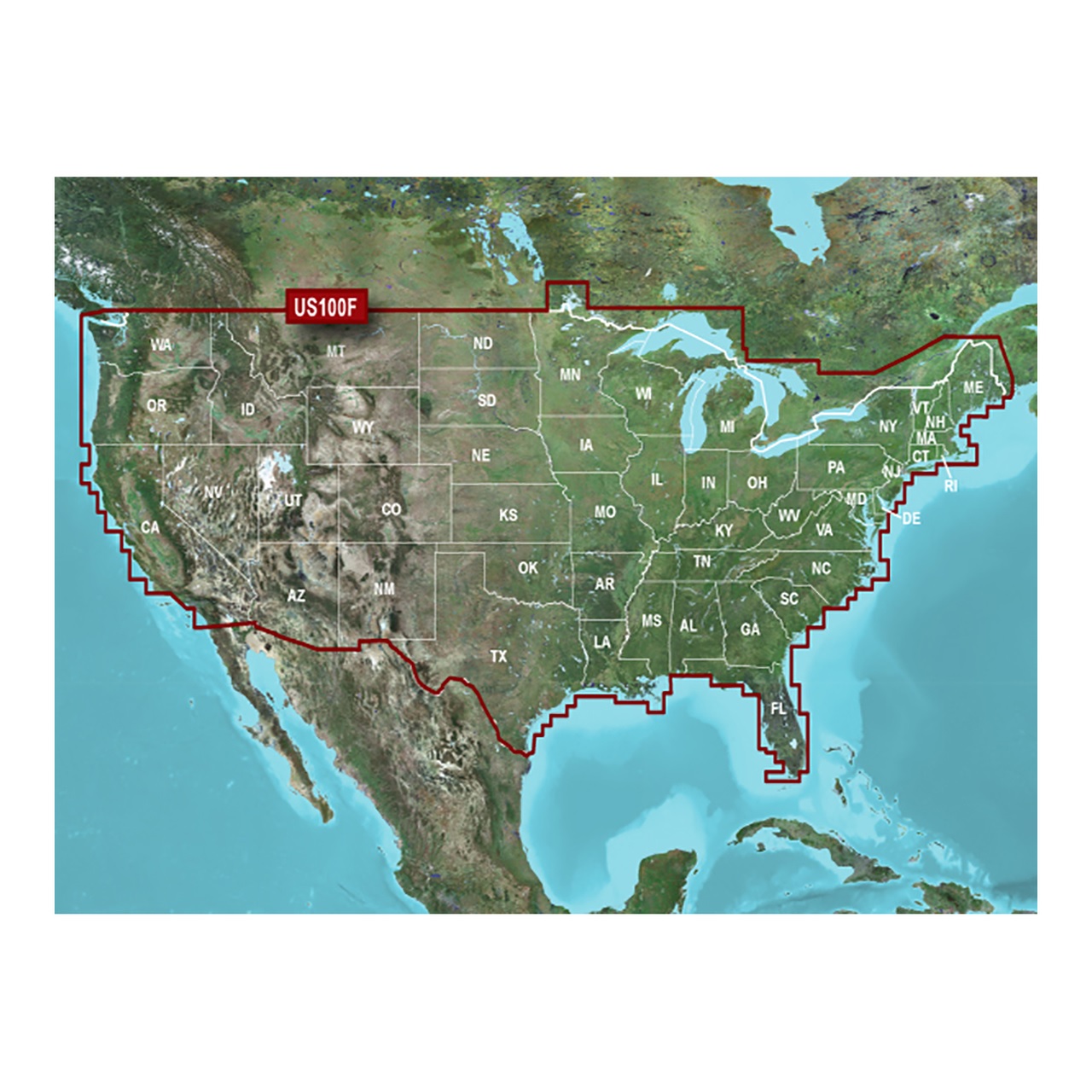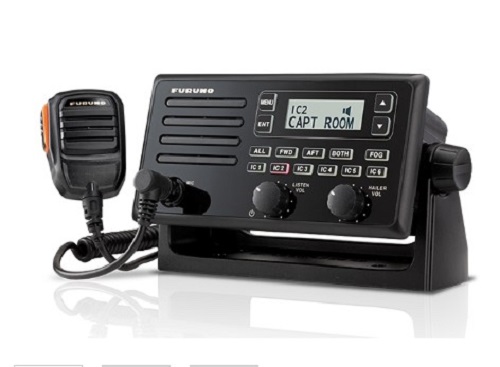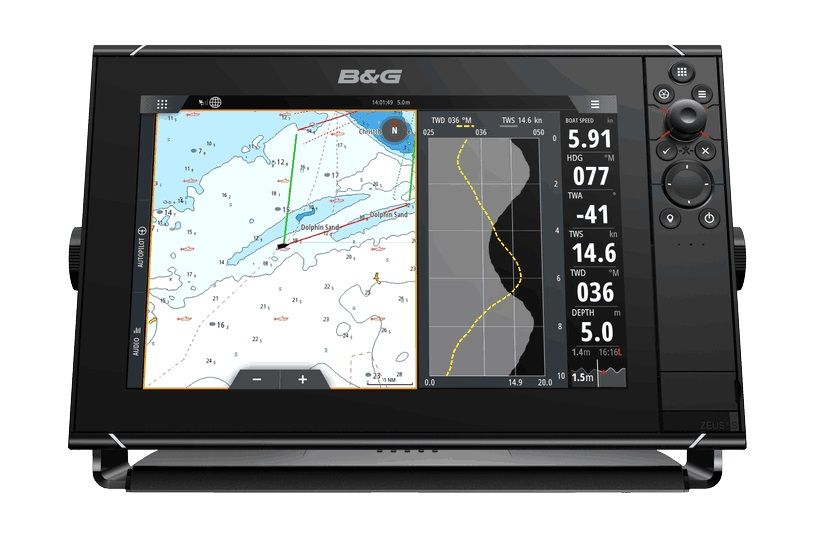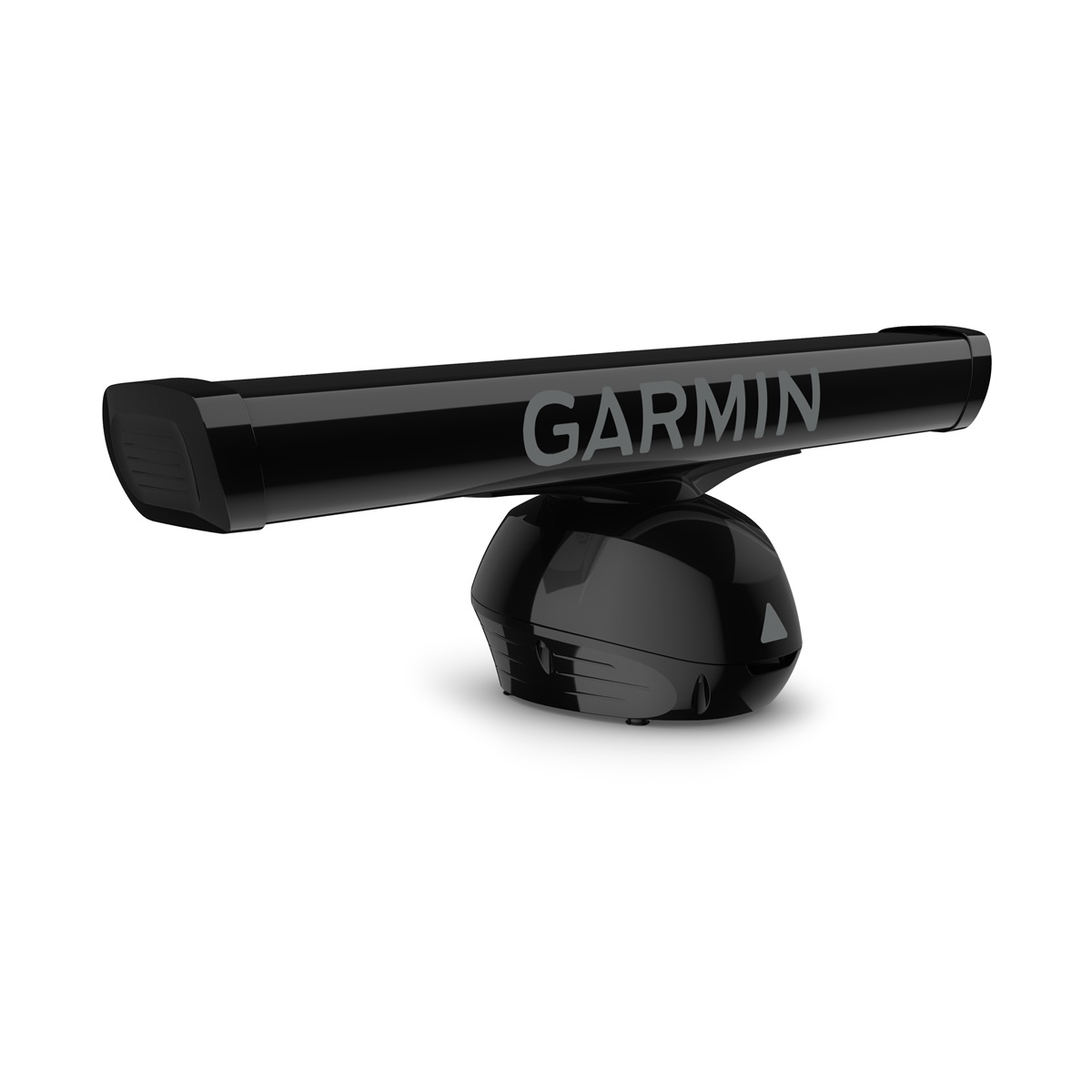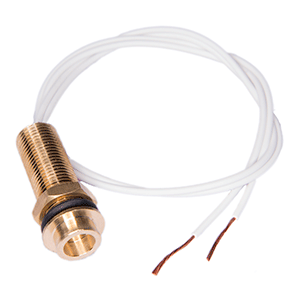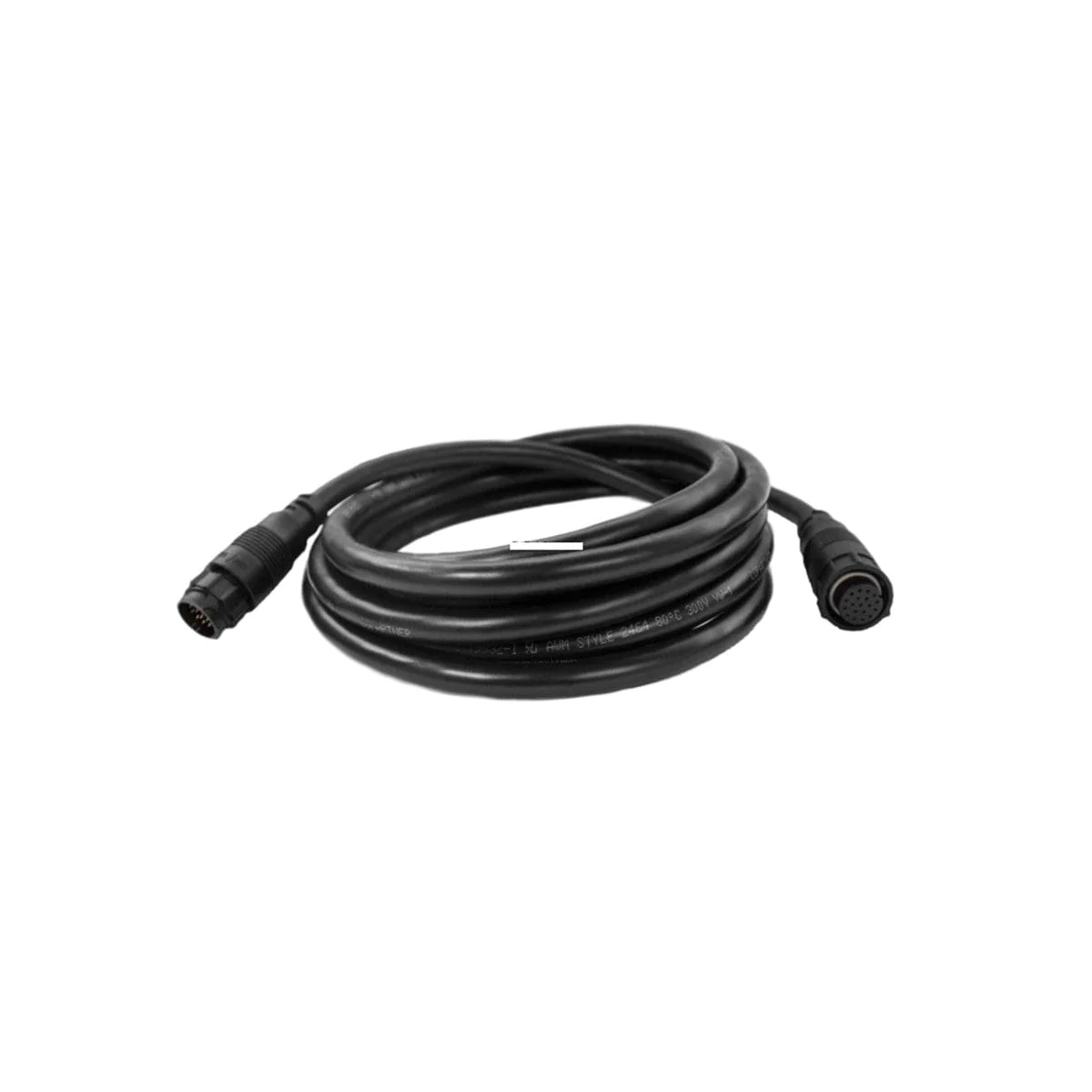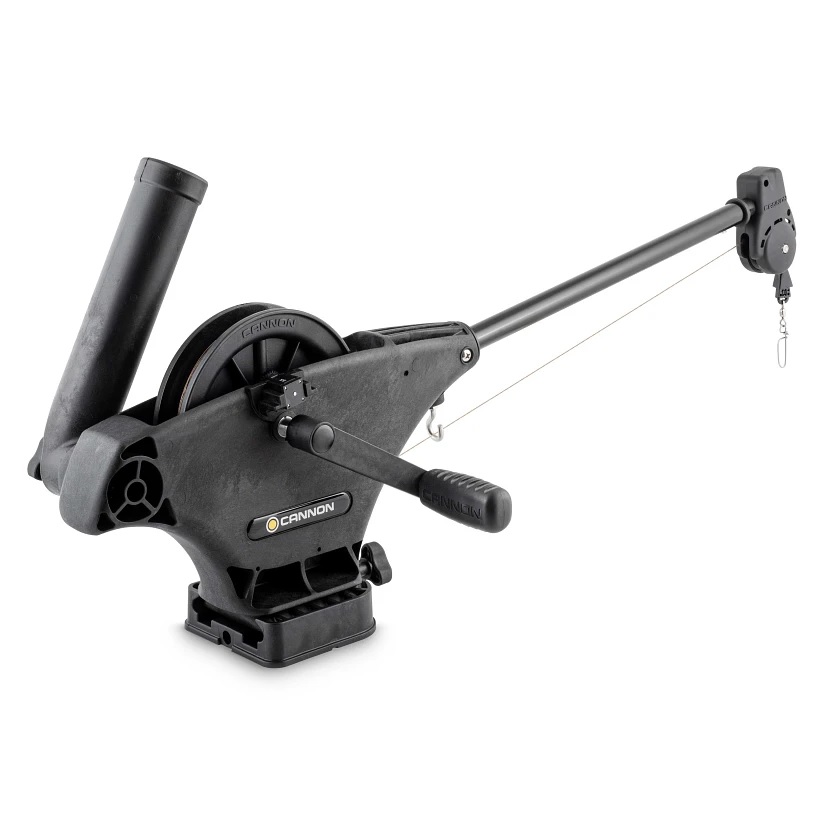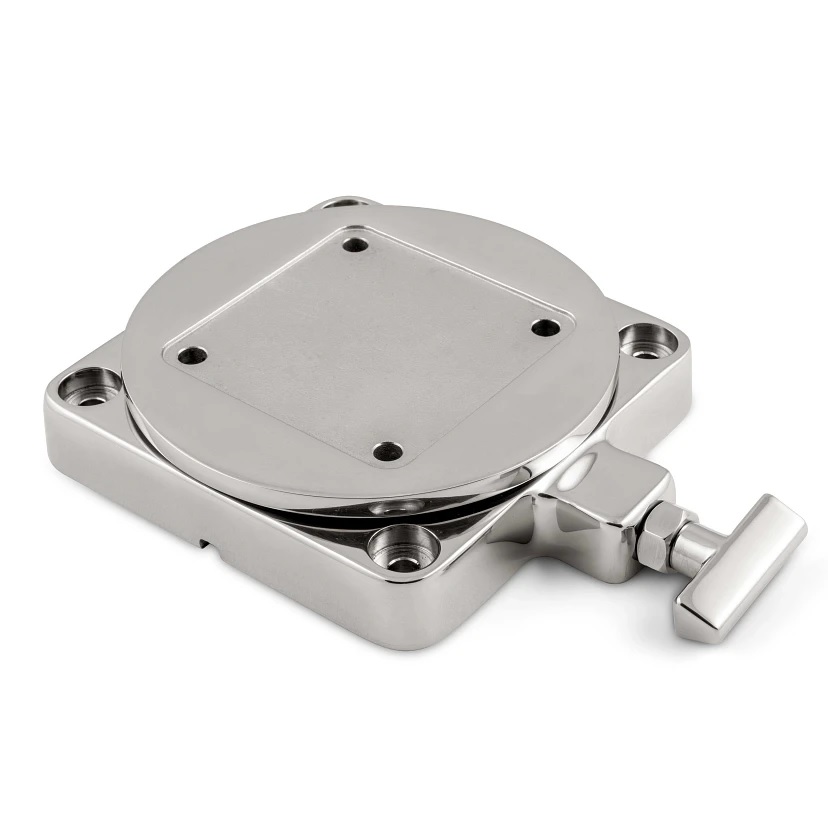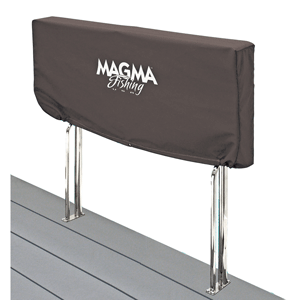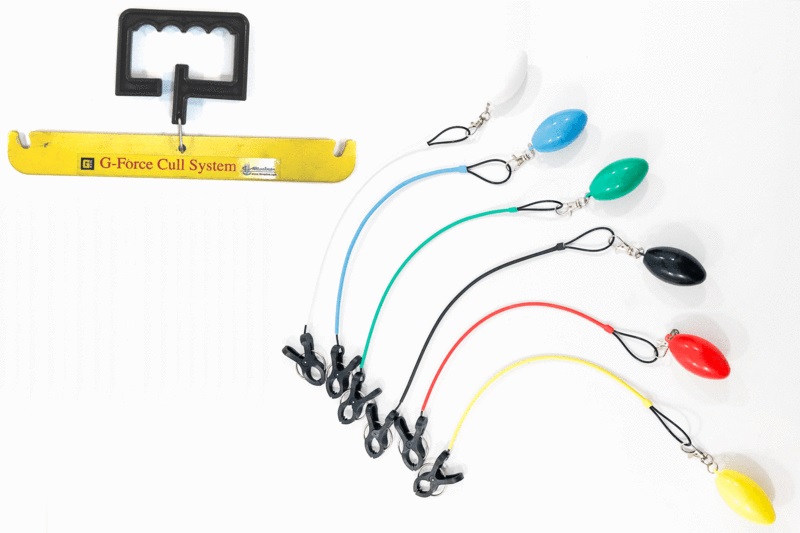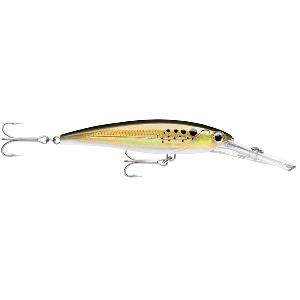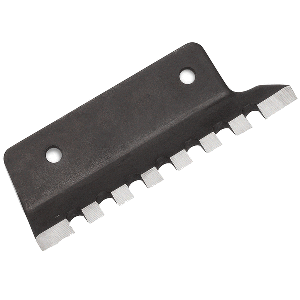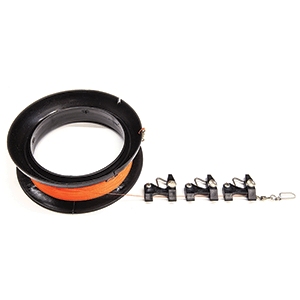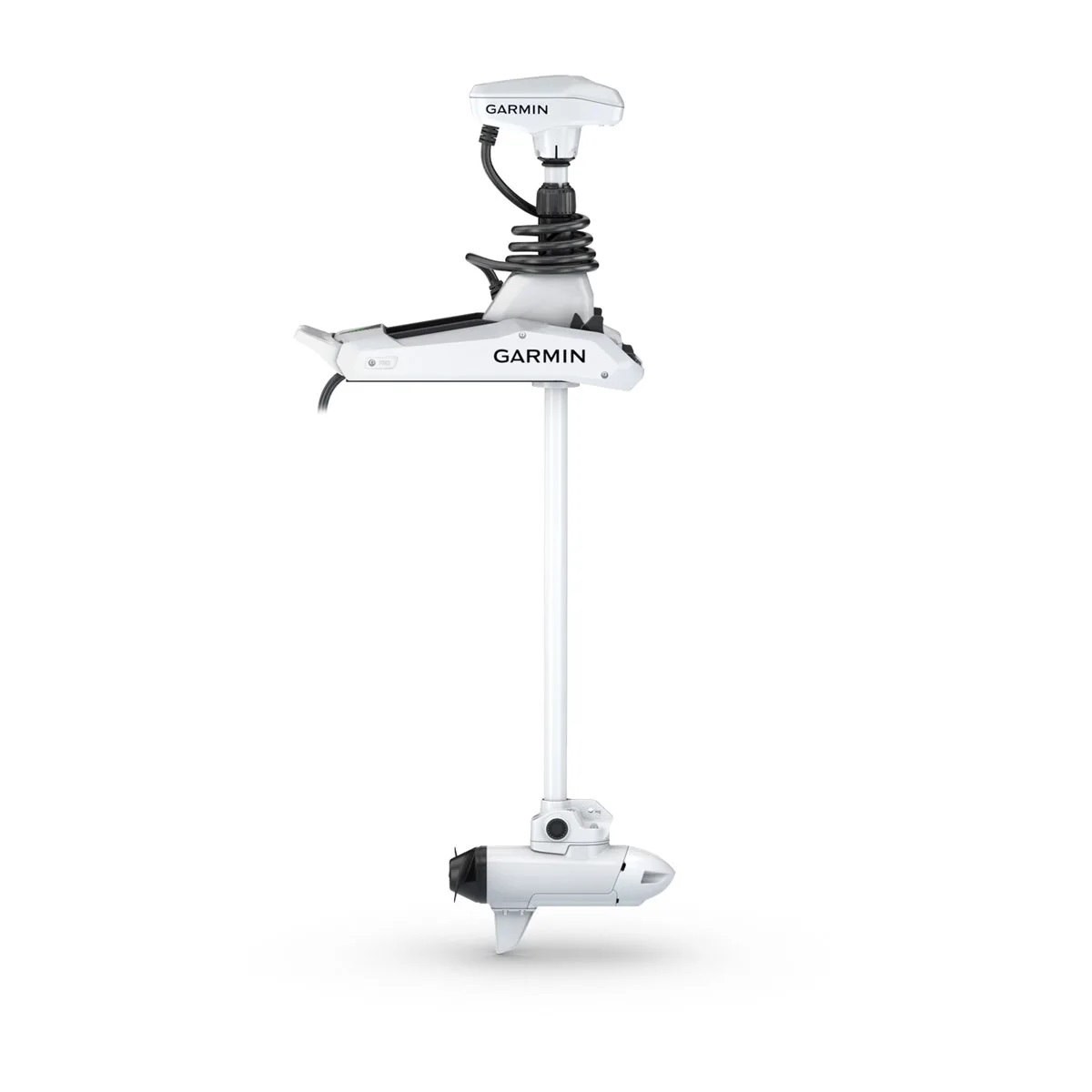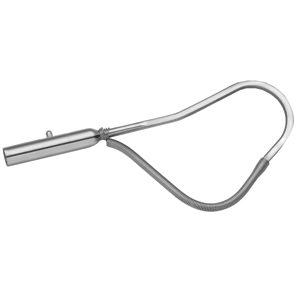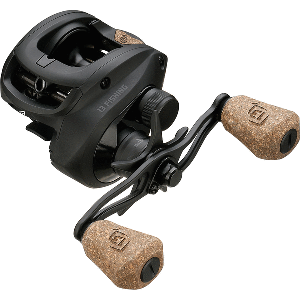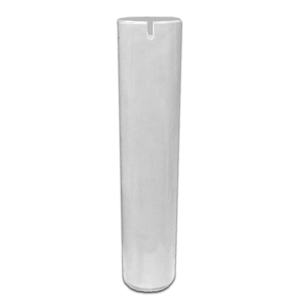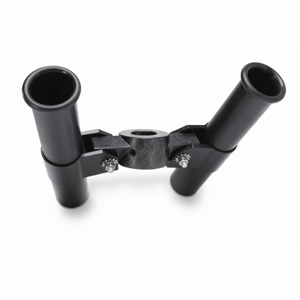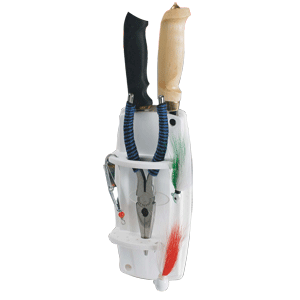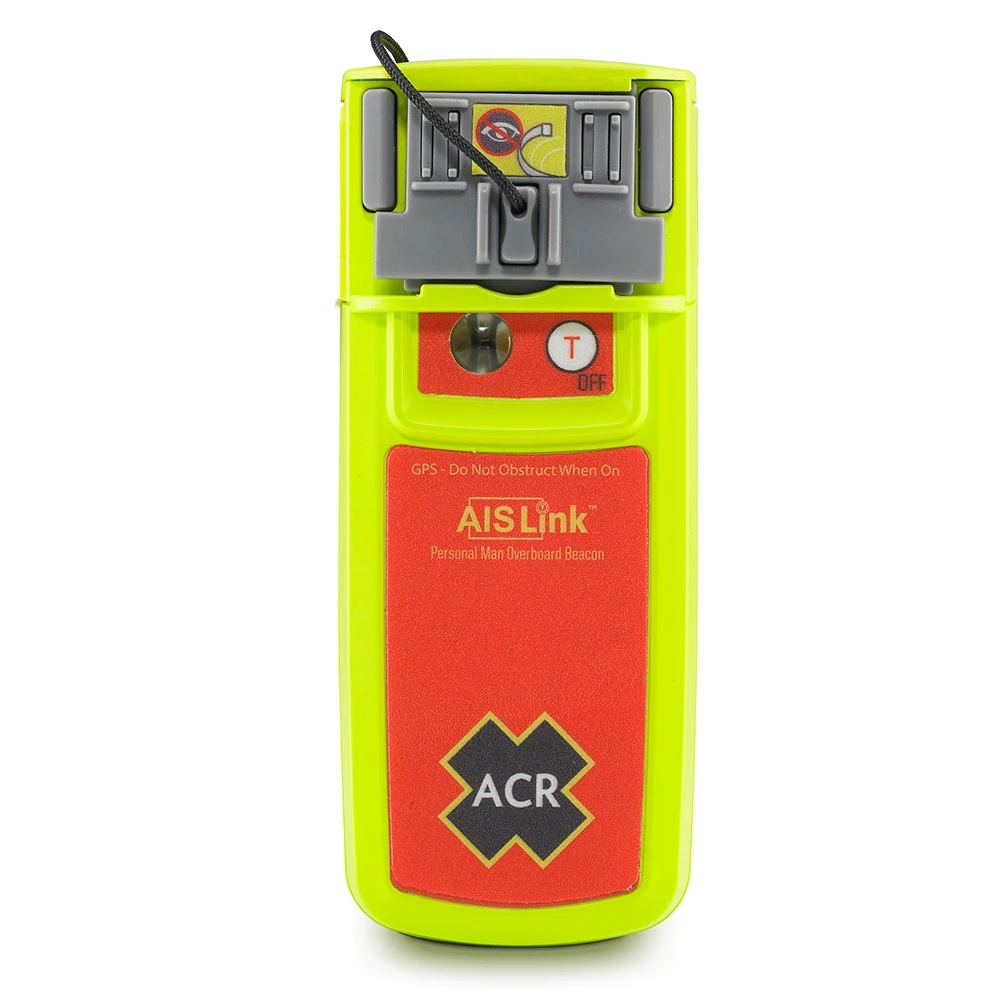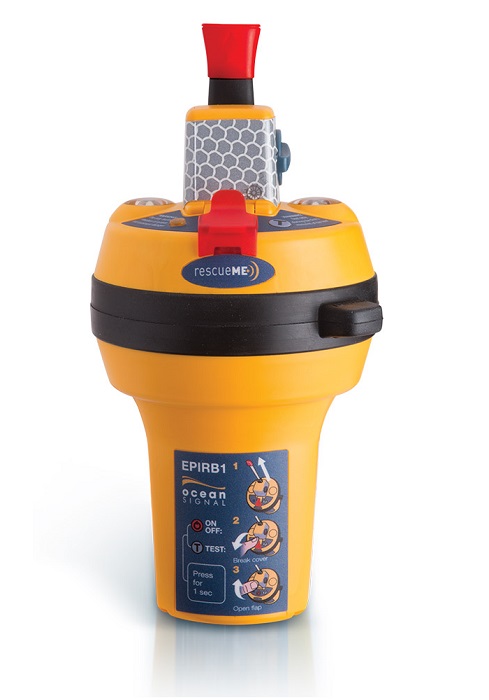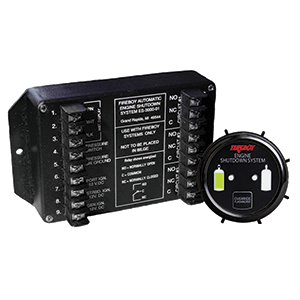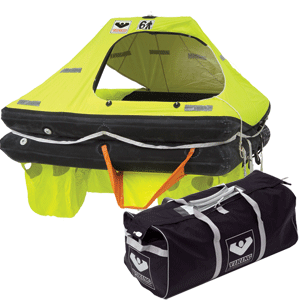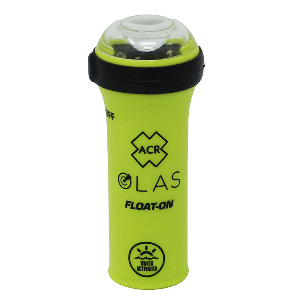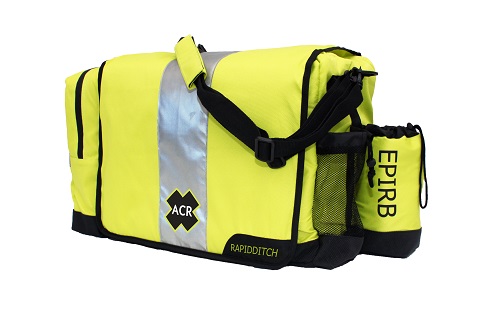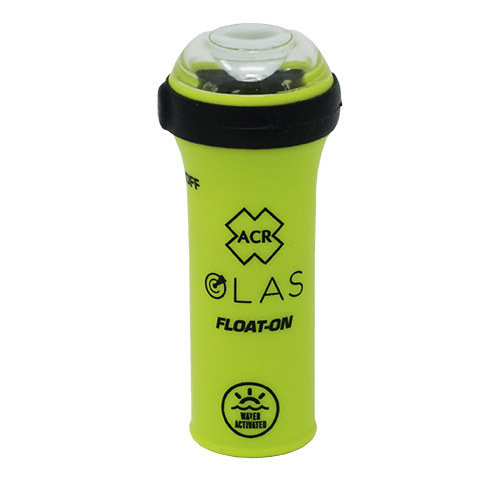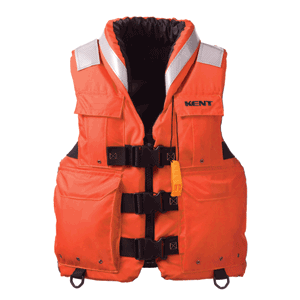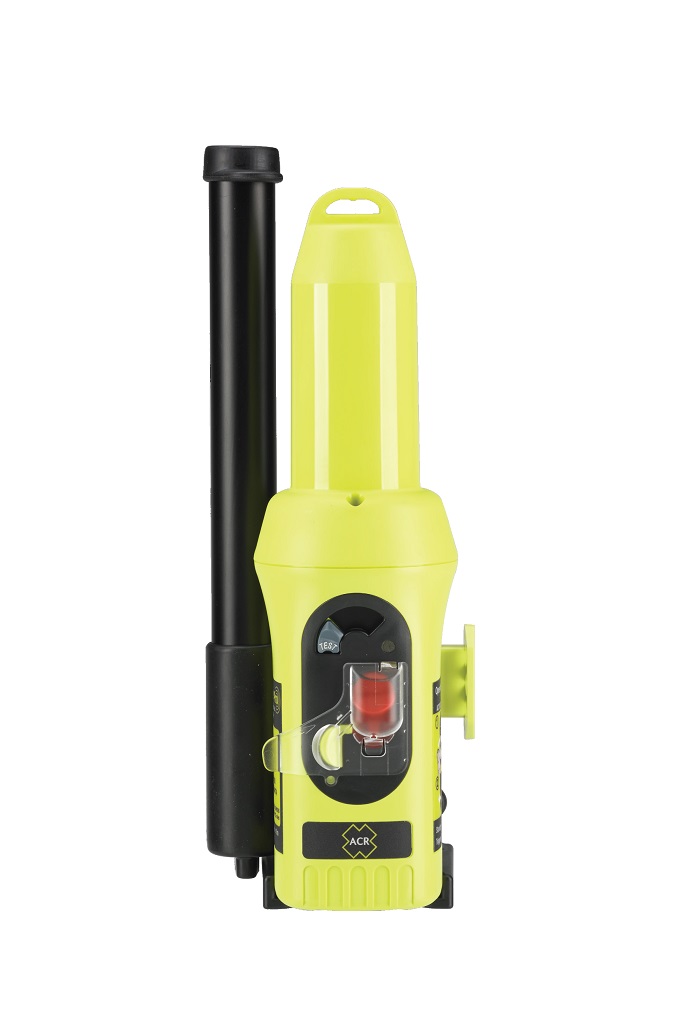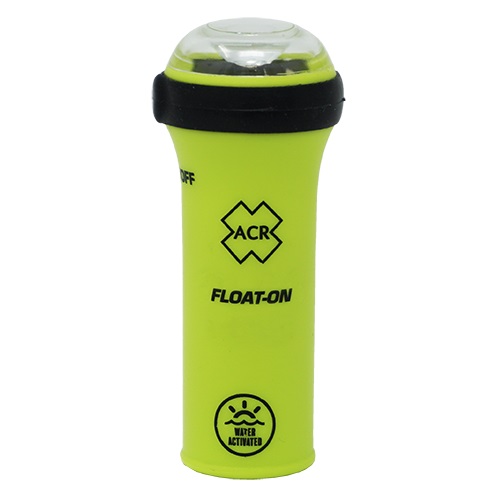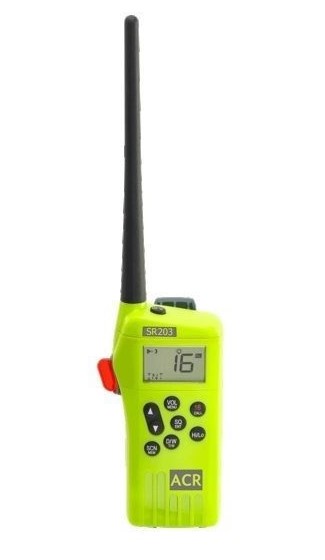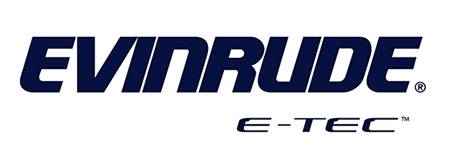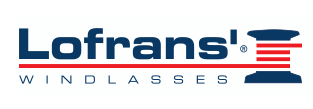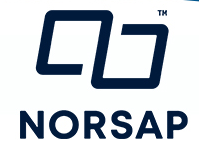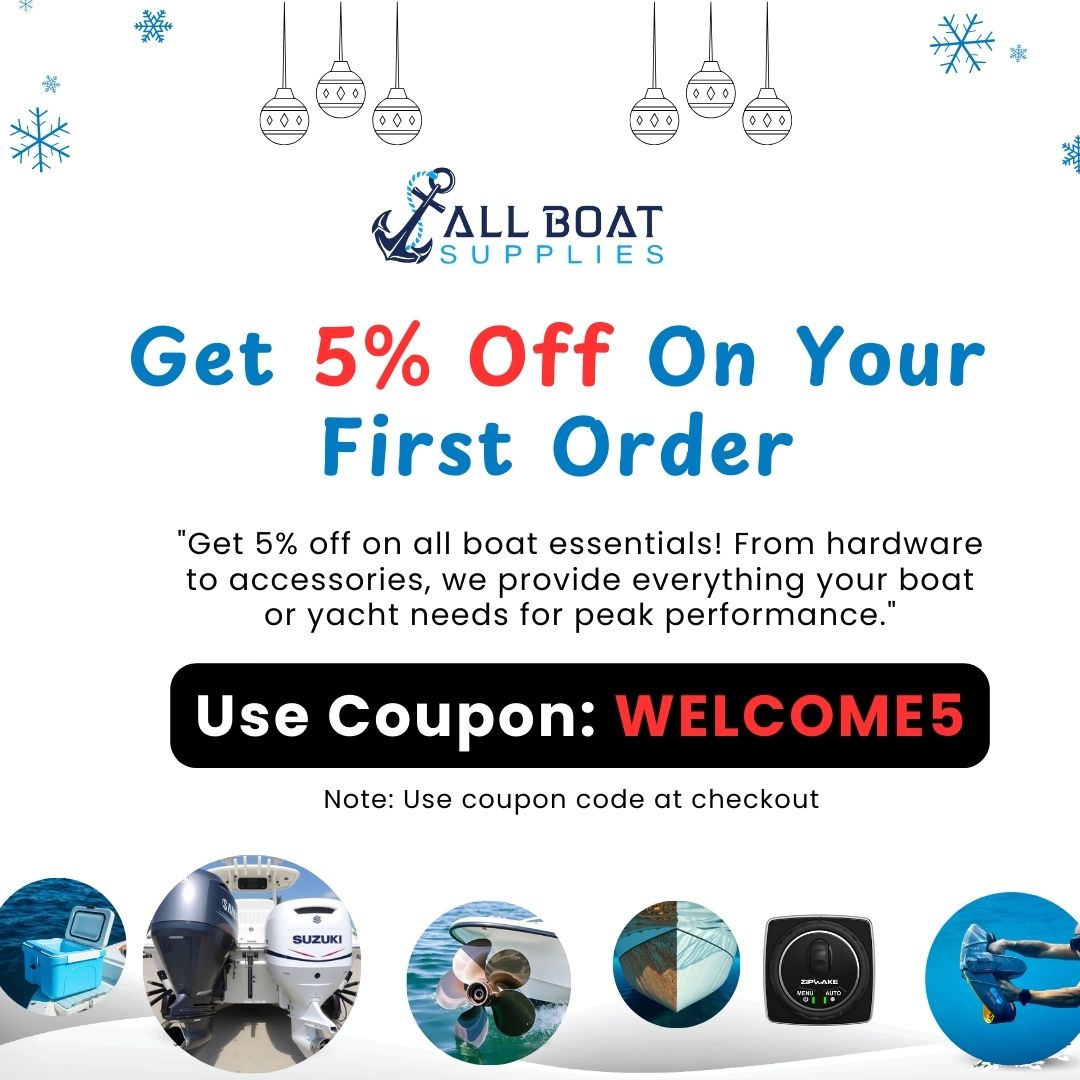Prop Nut Kit
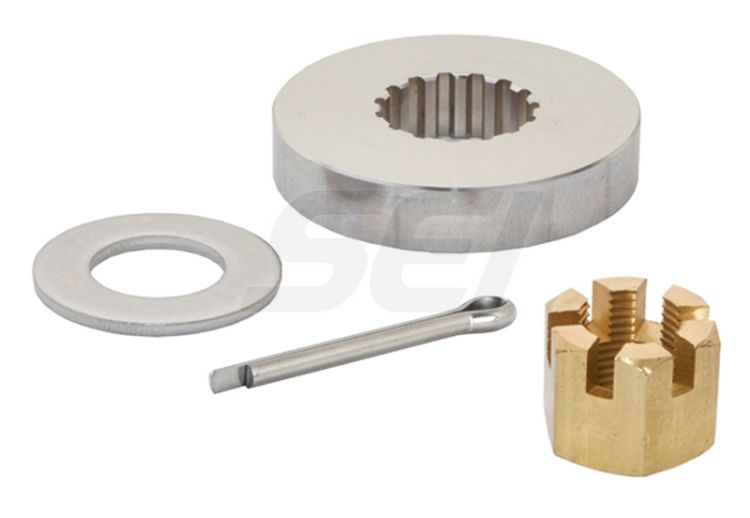
Introduction
If you’re a boat owner or marine enthusiast, ensuring your engine runs smoothly is vital. One often-overlooked component that plays a crucial role in your boat’s propulsion system is the prop nut kit for marine. This essential hardware holds the propeller in place and safeguards against unnecessary wear, vibration, and propeller loss. Without a reliable prop nut kit, your marine engine’s efficiency and longevity may be compromised.
Whether you’re new to boating or a seasoned mariner, understanding what a prop nut kit does, how it works, and why it’s important is essential for smooth sailing. This post covers everything you need to know, from selection and installation to maintenance and expert recommendations.
Overview / What Is a Prop Nut Kit for Marine
A prop nut kit for marine includes all the components required to secure the propeller onto the shaft of an outboard motor or sterndrive. Typically, the kit comprises a locking nut, cotter pin or tab washer, and often a thrust washer. These parts are precision-engineered to handle high rotational speeds and resist the corrosive effects of saltwater or freshwater environments.
Prop nut kits are specific to engine brands and propeller types. For Yamaha marine engines, the right kit ensures perfect fitment, durability, and compatibility with OEM standards. It’s a crucial part of your maintenance routine that prevents costly damage or loss of your propeller while on the water.
Why a Quality Prop Nut Kit Matters
Choosing a high-quality prop nut kit for marine applications isn’t just about performance; it’s about safety and cost-efficiency. Poorly made nuts and washers can loosen under stress, leading to propeller slippage or complete detachment — potentially damaging the propeller shaft or even endangering passengers.
Premium kits made from marine-grade stainless steel or bronze offer resistance to corrosion and maintain structural integrity under high stress. The correct torque and lock mechanism ensure secure installation and long-term reliability, especially in harsh boating environments.
How to Install a Prop Nut Kit for Marine Engines
Installing a prop nut kit is straightforward if you follow the proper steps and safety precautions. Here’s how you can install it effectively:
- Remove the old propeller and inspect the shaft for debris, corrosion, or damage.
- Slide the thrust washer onto the shaft, ensuring it’s seated properly.
- Place the propeller, followed by the spacer or tab washer, if included.
- Tighten the prop nut to the manufacturer’s specified torque.
- Secure the setup using a cotter pin or bendable tab washer to lock the nut in place.
Always consult your engine’s manual or an expert for torque specifications and compatibility with your propeller.
Maintenance Tips
Maintaining your prop nut kit for marine is essential for long-term performance. Here are the best maintenance practices:
- Regular Inspection: After every boating trip, inspect the nut and washer for signs of corrosion or loosening.
- Greasing: Apply marine-grade grease to the shaft to prevent seizing and ease future removal.
- Corrosion Check: Replace the kit if you notice rust, pitting, or metal fatigue.
- Torque Validation: Retorque the nut periodically, especially after hitting submerged objects or after long voyages.
Proactive maintenance ensures your propeller remains securely attached and extends the life of both the nut kit and the shaft assembly.
Best Prop Nut Kit Options for Yamaha Marine Engines
When shopping for a prop nut kit for marine Yamaha engines, focus on kits that meet OEM specifications. The ideal kit should offer easy installation, corrosion resistance, and durable locking components.
Look for kits that include:
- Marine-grade stainless steel or bronze materials
- Precision machined parts for a perfect fit
- Compatibility with your specific Yamaha outboard model
- Protective coatings for saltwater resistance
Some of the best-rated brands in the industry include Sierra, Quicksilver, and OEM Yamaha prop nut kits.
Troubleshooting Common Prop Nut Issues
Despite its simplicity, the prop nut kit for marine can face issues if not properly maintained. Common problems include:
- Loose Nut: May cause vibration and propeller slippage. Check torque and use the correct locking mechanism.
- Stripped Threads: Replace immediately to avoid shaft damage.
- Corrosion: Use anti-seize compounds and regularly inspect the shaft area for signs of saltwater wear.
Routine inspections and using high-quality parts mitigate these issues effectively.
Expert Advice and Pro Recommendations
Marine mechanics recommend inspecting your prop nut kit for marine every 25 hours of operation or once a month during heavy use seasons. Always carry a spare kit onboard in case of emergencies. Experts also suggest using a torque wrench for precise tightening and checking that the cotter pin or tab washer is securely in place.
Buy now: Prop Nut Kit — and use WELCOME5 at checkout for 5% off!
Detailed FAQ Section
What is included in a typical prop nut kit for marine engines?
A typical prop nut kit for marine includes a thrust washer, spacer or tab washer, locking nut, and cotter pin. These components are vital for securing the propeller onto the driveshaft of your marine engine. Some kits may vary slightly depending on the manufacturer or engine model, but they all serve the same fundamental purpose — to keep the propeller in place during operation. The cotter pin or locking mechanism prevents the nut from backing off due to vibrations or torque reversal. When purchasing a kit, make sure it is compatible with your engine model and offers corrosion-resistant materials such as stainless steel or brass. This ensures the assembly remains secure and long-lasting even in harsh saltwater environments.
How do I know if my prop nut kit needs replacing?
Signs that your prop nut kit for marine needs replacing include visible corrosion, metal fatigue, stripped threads, or difficulty in securing the propeller. If you notice your propeller wobbling or feel unusual vibrations while cruising, it might be due to a faulty or loose nut. Additionally, inspect the cotter pin for bending or rust. Regularly checking your kit after trips, especially in saltwater, can help you catch early signs of wear. It’s advisable to replace the kit every 12–24 months, depending on usage frequency and water conditions. Preventative replacement can save you from expensive repairs caused by propeller detachment or shaft damage.
Can I reuse a prop nut kit after propeller replacement?
It’s technically possible to reuse some parts of a prop nut kit for marine, like the thrust washer, if they are in excellent condition. However, manufacturers generally advise replacing the cotter pin and checking the nut for wear or damage. Reusing worn components compromises the propeller’s security, especially at higher speeds. Additionally, if the components are rusted, bent, or no longer fit tightly, replacing the entire kit is the best course of action. Most kits are relatively inexpensive, and the peace of mind they offer far outweighs the cost. For safety, always use a new kit when installing a new propeller.
How do I choose the right prop nut kit for my Yamaha engine?
Choosing the right prop nut kit for marine Yamaha engines requires knowing your engine’s horsepower, model number, and shaft type. Refer to your Yamaha engine manual or consult a trusted parts supplier like All Boat Supplies. OEM kits guarantee proper fit and function, while third-party kits may offer cost savings with similar compatibility. Look for kits designed for Yamaha outboards ranging from 40 to 300 HP, and ensure they include all required hardware. Avoid generic kits that may not align with your engine’s specifications, as they can cause improper fitment or even damage the propeller shaft during operation.
What torque should I use for installing the prop nut kit?
The torque specification for a prop nut kit for marine installation varies by engine model. For Yamaha engines, the torque usually ranges from 55 to 75 ft-lbs. Always refer to the official Yamaha service manual or contact a certified marine technician for the exact specification. Over-torquing may damage threads or deform washers, while under-torquing can cause the nut to loosen. Using a calibrated torque wrench is strongly recommended for accuracy. After torquing, secure the nut with the cotter pin or tab washer to lock it in place. Recheck the torque after a few hours of use, especially after hitting objects or changing propellers.
Conclusion
Every boat owner should prioritize installing a high-quality prop nut kit for marine use. It’s a small investment that offers massive returns in the form of performance, safety, and reliability. Whether you’re heading out for fishing, cruising, or water sports, never underestimate the importance of securing your propeller properly. Regular inspections, expert-approved installations, and choosing the right kit for your engine type are all part of responsible boating.
Special Offer
WELCOME5 – Get 5% off storewide at allboatsupplies.com
🚀 Instant Assistance: Need help selecting the right product? Drop your contact in the chatbox at the bottom right corner, and our expert team will reply within 30 minutes with the best product suggestion for your boat — including a ready-to-use checkout link. We’re fast, knowledgeable, and always here for your boating needs!
No more guesswork — just message us and get a personalized checkout link for your antifouling system, fast!
Explore Our Best-Selling Ultrasonic Antifouling Products:
Buy now
Let us handle the hassle — expert support, quick replies, and smooth checkout. Your boat deserves the best.
Read More
For more helpful marine maintenance guides, check out our article on Yamaha 1995-2002 40-50 HP O/B 2-Wire 3-Bolt Mount Short Shaft.


